
Fear of Doctors
Does your toddler start screaming as soon as you get to the doctor’s office or even when he recognizes the parking lot? It is normal. It means that your little one is developing memories. He remembers that someone did something to him last time that he was at the doctor’s office. And that he did not like it. Toddlers tend to generalize, and if his last visit to the doctor was hurtful and unpleasant, he is sure that it will happen that same way again.
How to make your toddler’s visits to the doctor easier?
- Talk to your child about the doctor’s appointment
- Timing is very important
- Stay Calm
- Prepare your child
- Read a Book
- In the doctor’s office
- Plan something for after the visit

1. Talk to your child about the doctor’s appointment
Your child might be afraid because he doesn’t understand what is going on. Give him details. If it is a routine checkup, tell him: “The stethoscope might feel cold”; “The tongue depressor might be rough”. If your child is sick, explain that “We are going to the doctor to help you get better”. Children cope more with discomfort if they are forewarned. If your toddler has a question and you don’t know the answer, write it down. Tell him that the doctor is the expert and that you will both ask the questions together and get the answer. Reassure your him that you will be there for the whole time. It is important that your child understands that going to the doctor is not a punishment. Let him know that adults also need to go to the doctor to stay healthy and to feel better when they are sick.
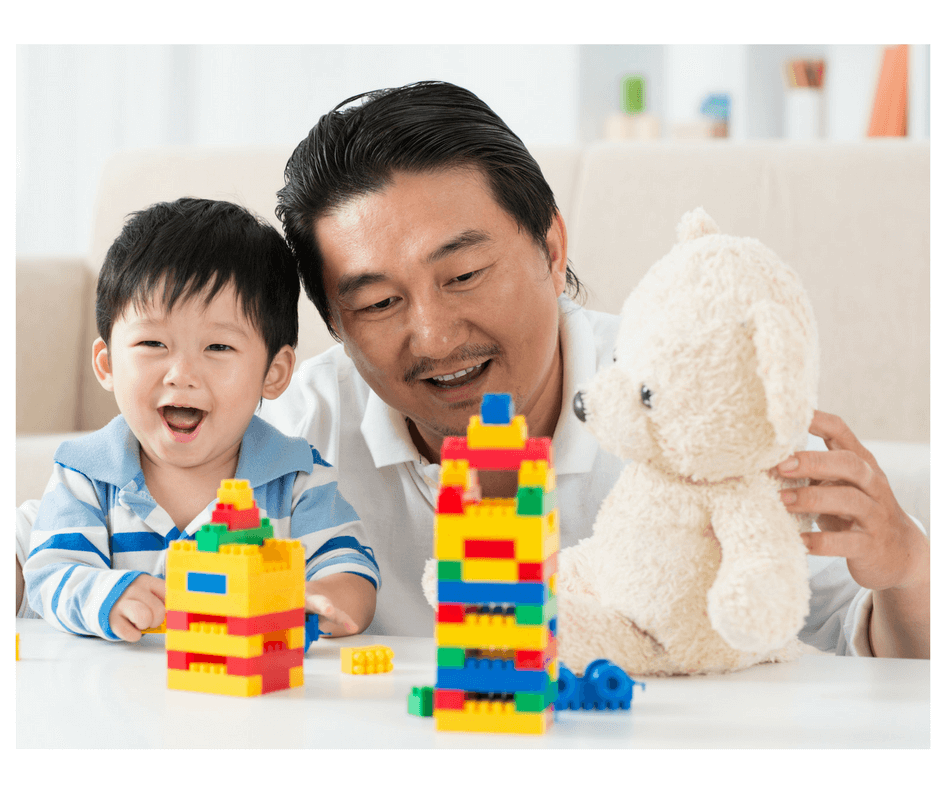
2. Timing is very important
Try to schedule the appointment during the time slot that you know your toddler is most cooperative. Avoid scheduling around nap time or right before snack or lunch time. Even though you might be scheduled for that “perfect time slot”, things can change. Be prepared to wait, bring your toddler’s favorite snacks, his lovey, and toys to keep him entertained.

3. Stay calm
Children pick up on parent’s anxiety. Stay positive and show him that you understand his feelings. Don’t say that “it won’t hurt”, say that you will get through it together.

4. Prepare your child
Children learn easily through play. At home, you and your toddler can do a pretend doctor’s visit with dolls or teddy bears. You can demonstrate what the doctor will do with a toy medical kit. Check the doll’s eyes, belly and ears. Let your child experience how a stethoscope works. That will help with his fear of the unknown. You toddler will be prepared and will be familiar with all the instruments. He might even take his doctor’s kit with him to the visit and compare his own doctor tools with the real ones.
You can also let your toddler feel that he is part of the process. Ask him to help with a list of his symptoms. Write them down and take the list to the doctor.

5. Read a book
Books can be helpful either to prepare your child for the doctor’s visit; or after your child’s doctor visit.
Read books at home that encourage your toddler to know the doctor visit is a normal part of life. You can even write a book yourself with some pictures saying “I’m going to the doctor, here is what is going to happen…” Then you explain that you and your child will wait in the waiting room, the nurse will weight and measure him, the doctor will exam him and in the end he will say “bye bye” and be very happy when he gets a sticker. Make it informative and make sure to add a happy ending.

If your child has had a medical trauma, writing a book together can help. Making a book helps your child build a neural connection between the implicit memory where the upsetting event is recorded and a new explicit memory that you are helping him to create (1). In that way, you will change the end of the story to a happy ending, helping your child to understand and see the story with an alternative point of view. While making the book, your toddler can give his input, which helps him process emotions. If you have photos of the bad experience add them to the book, with captions explaining the event. But, also add good memories. Include his friends coming to visit while he was sick; or his friends and family signing his cast; or grandma making cookies to help him heal. End the story with something happy. Like a happy picture of him running outside after staying several days in bed. Notice out loud how brave he was. Add something about the feeling. “I know that when you think about this Liam can get very sad, but mommy and daddy are always here to help him.”. Read the book with your child and acknowledge his big feelings. Let him talk and show him how to deal with his feelings. Use this as a “teaching moment”.

6. In the doctor’s office
Stay with your child the whole time. Make sure she feels safe. Explain what will happen. “The doctor will look at your ears now”. Give options when you can. “Would you like him to look at the right or left ear first?”. If you have two kids, let the younger one see how easy going his big brother is during the exam. A pacifier, a blanket or a stuffed animal can help your child to stay calm. Maybe the doctor can even exam the doll or the teddy bear first.

7. Plan something for after the visit
Tell your child how proud you are of him. Praise him. Do something together after the doctor’s visit. Going to the doctor is challenging for your toddler. There is nothing wrong is celebrating his courage and cooperation!
Written by: Marilee Hartling & Paula Boscardin
Does your child need help to heal from trauma?
Contact Marilee
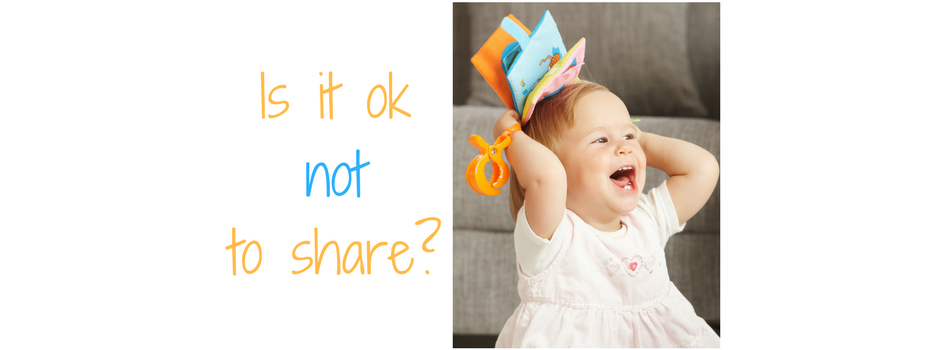
The dilemma of sharing in young children
Toddlers and young children tend to be egocentric, which is normal. Toddlers need help to learn that not everything is “mine”. They may not initially understand the concept that when they trade in something or something is taken away, they can have it back later. It’s not gone forever. It is part of our parenting job to teach our children how to use their words and express themselves. Eventually they will learn to share and develop true friendships.

Toddlers learn to trade and take turns when it is modeled and taught by their parents, their teachers and other children who are successful with this in playgroups. It’s a process that takes time and is not learned over night.

It is important to understand the concept of sharing. Children need to first have the experience of owing something before they can share. Sharing does not mean “always give away your toy because your friend is asking for it”. Sharing means being able to negotiate and understand that “now it is my turn”; later “it’s my friend’s turn”. Sharing also includes understanding the concept of time and taking turns. Your child does not always need to share her toy, if she is not ready. But there will be times when it is expected.
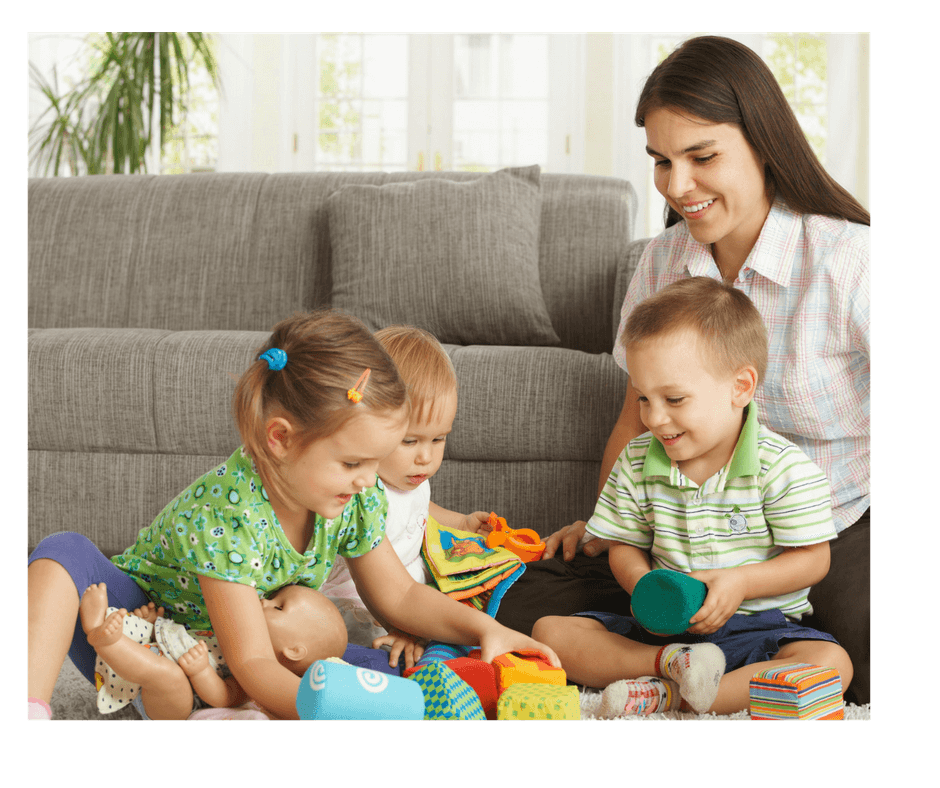
Claiming a toy that a child owns and is holding as “mine” is saying the truth if the toy indeed belongs to him and he is holding it. Parents need to assist in the taking turns process during playdates. You can help your child’s playmate to use his words and say something like “turn please”; or you can say “Liam would like a turn; can you give him one?” If he is not done with the toy, teach him to say “no thank you” or “later” and Liam can be helped to wait until he is ready to trade or take turns. This way children begin to learn to negotiate, use their words, to wait and to delay gratification, all challenges for toddlers.
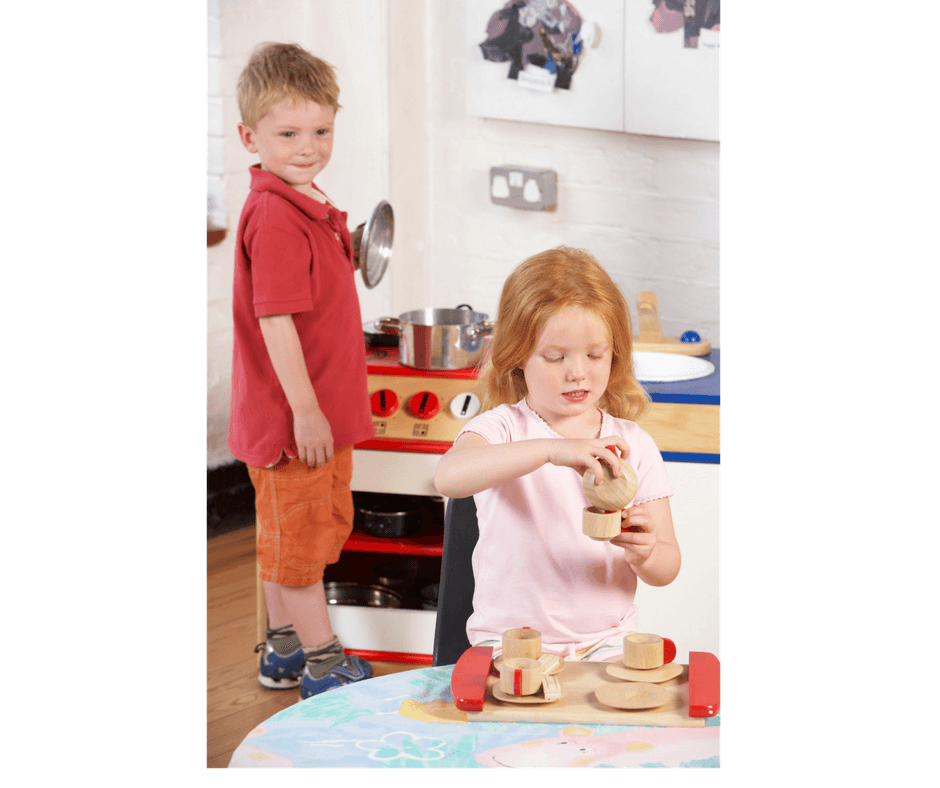
So, is it ok not to share?
It is important to teach young children how to share. But they don’t have to indiscriminately to do it with everyone who asks all the time. There are some circumstances in which they should be able to say I’m not done, “no thank you”, “not now” or “maybe later”. Children can be taught how to respectfully decline in some situations. But the particulars should be discussed with the child before his playdates or visits to the park, so he can learn in what situations saying no is ok, and in what situations he needs to share and be thinking about his friend.

On playdates at home with friends, parents can have a conversation with their child about sharing before the friend comes over. It can go something like this “ Luke is coming over to play today, he is your good friend, and he will want to play with some of your toys. We want you to have a good time and we want Luke to have a good time too. I know you have some new toys you just received for your birthday. You may not be ready to share your new toys yet, so let’s go into your room and decide which special toys need to be put away for now. The rest of your toys will be for sharing. And I know you and Luke will be able to take turns and both of you will have a good time.” This way the child having the playdate is learning that he has a right to say “no” to sharing his new or special toys. But, he also needs to think about his friend and what he would like share with him. This helps the child have positive experiences on playdates.. This parent-child conversation helps the child to begin to understand his own needs as well as the needs of his friends. It is very helpful when the parent can be present to facilitate playdate so that both children learn from the play date experience.
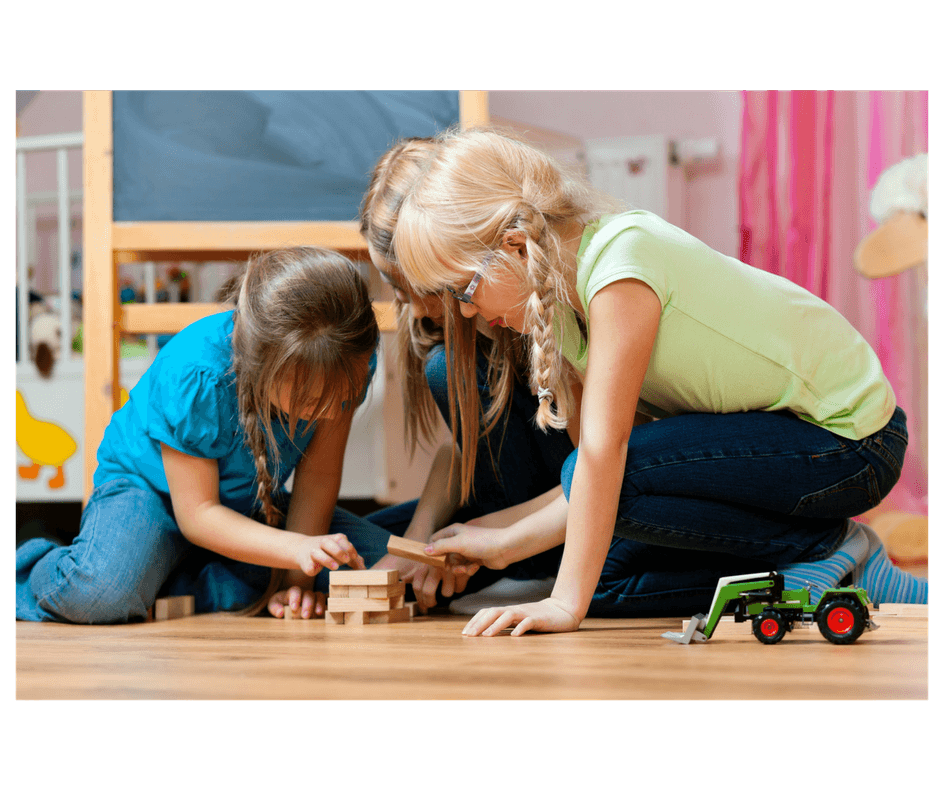
Sharing is a complex issue and it is situational. There are times when children should be able to claim their own things and be allowed to not share. And there are other times that it is very appropriate and they need to be coached to share in some situations to trade, or take turns with their friends. Lots of patience is needed and a good sense of humor can help too.
What works?
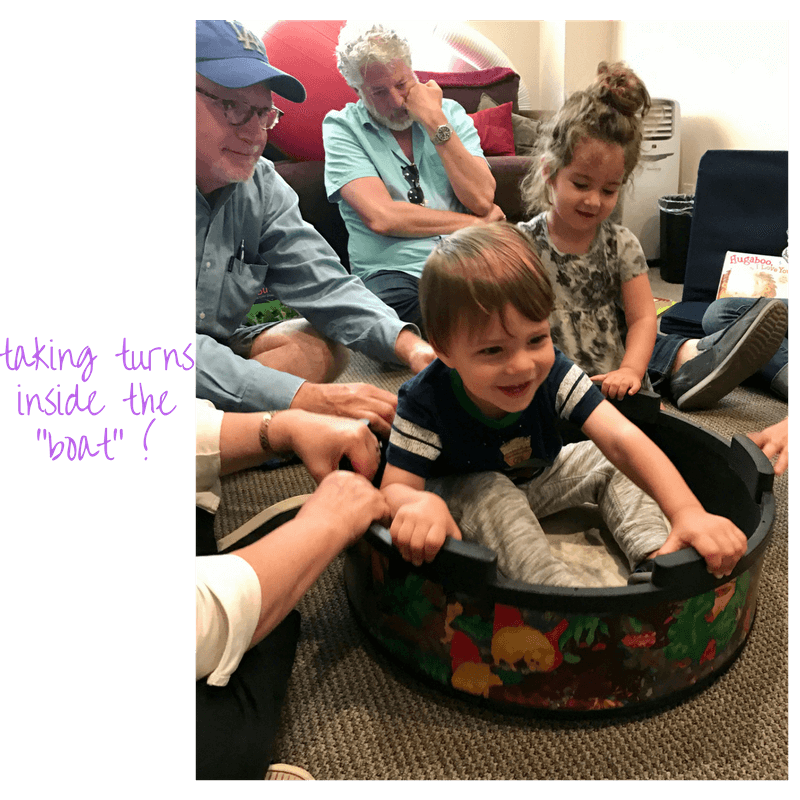
Here, in our Preschool Prep Program, children are taught to say “turn please” when they want a turn with a toy, instead of grabbing. The child who has the toy is allowed to say if he is ready to give it up, or if he needs a little more time. Because our focus is on social emotional development and we want the kids to have lots of practice with taking turns, we sometimes use our giant sand timer to help them. Our colorful 1 minute, 2 minute and 5 minute sand timers are useful in helping children to begin to understand the concept of time and how it passes as the colorful sand moves to the bottom of the timer. “Do you need 5 more minutes to play with the truck before you are ready to take turns? OK. Let’s use the timer” The child who is waiting for a turn is helped to find something else to do while he is waiting. When the sand timer tell us its time to trade, the child using the toy usually hands it over willingly to the child who has requested a turn and moves on to play with something else. Children are applauded for their developing ability to wait and take turns with friends. The begin to learn about sharing through this process, but we don’t expect them to master it right away. Lots of practice with gentle support and engagement work best.

Written by: Marilee Hartling & Paula Boscardin
Contact us to join our groups!

April Preschool Prep Curriculum
The themes for April were “growing” and “caring for living things”.
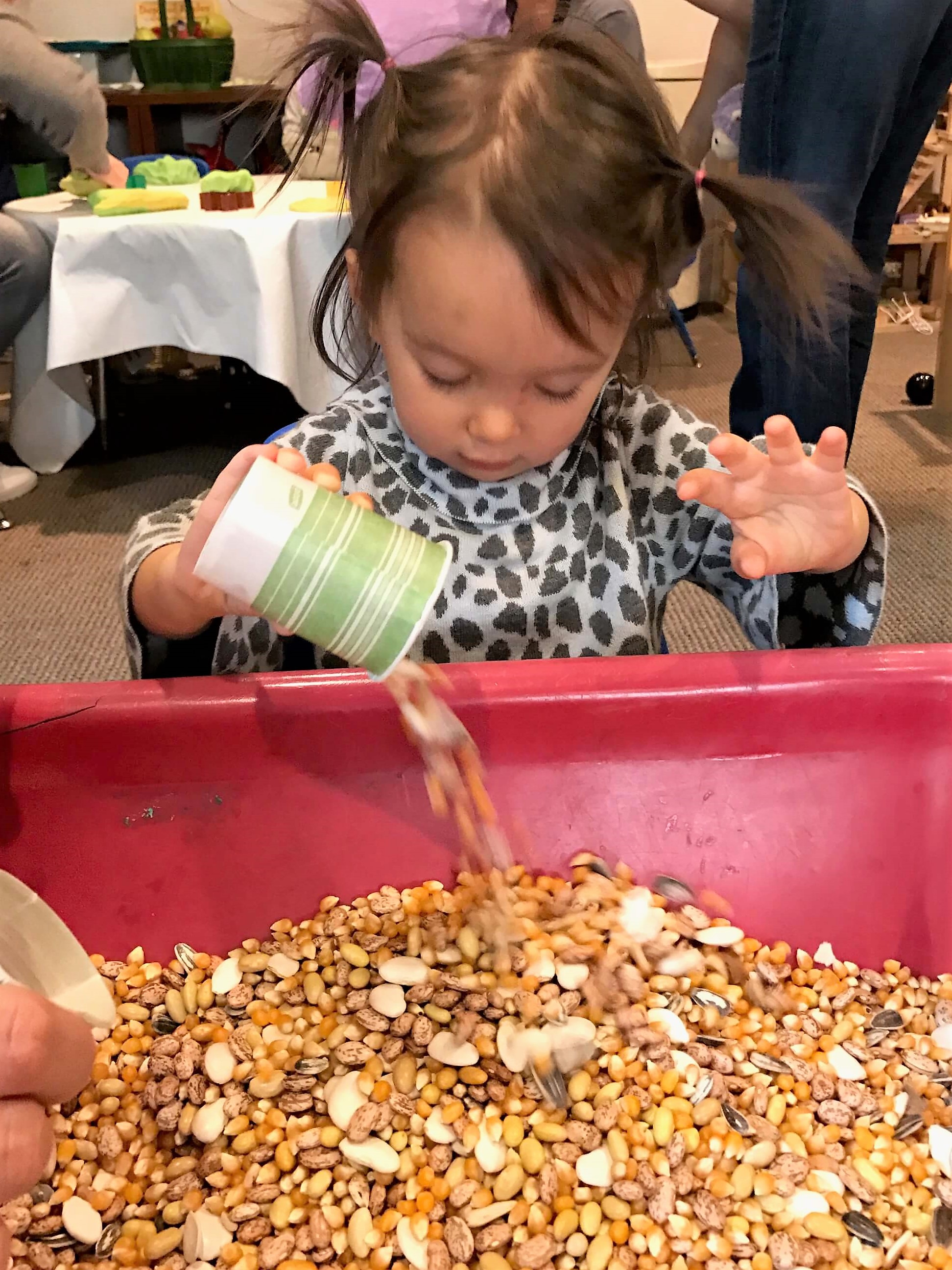
Toddlers explored beans and seeds in our sensory table. FUN! They placed seeds and beans into ziplock bags along with a wet paper towel and placed them in our window. It was so exciting to watch them grow and later to plant them! New vocabulary includes the words: roots, seeds, shoots, stems.
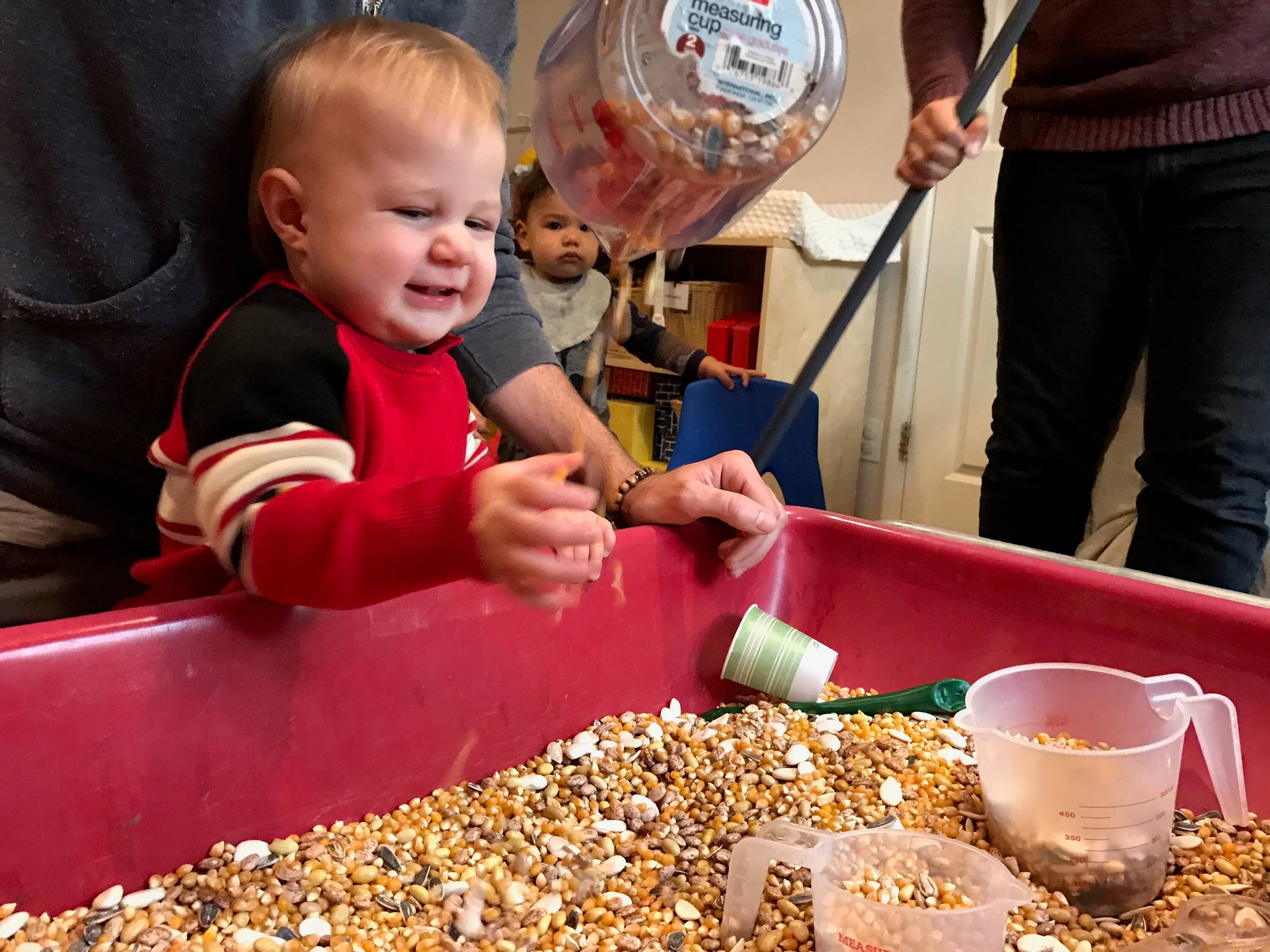
Our caterpillars arrived and toddlers were amazed as they watched the caterpillars grow bigger and bigger until they turned into chrysalids and finally butterflies. Toddlers enjoyed helping to feed the butterflies with orange slices and nectar sugar water.
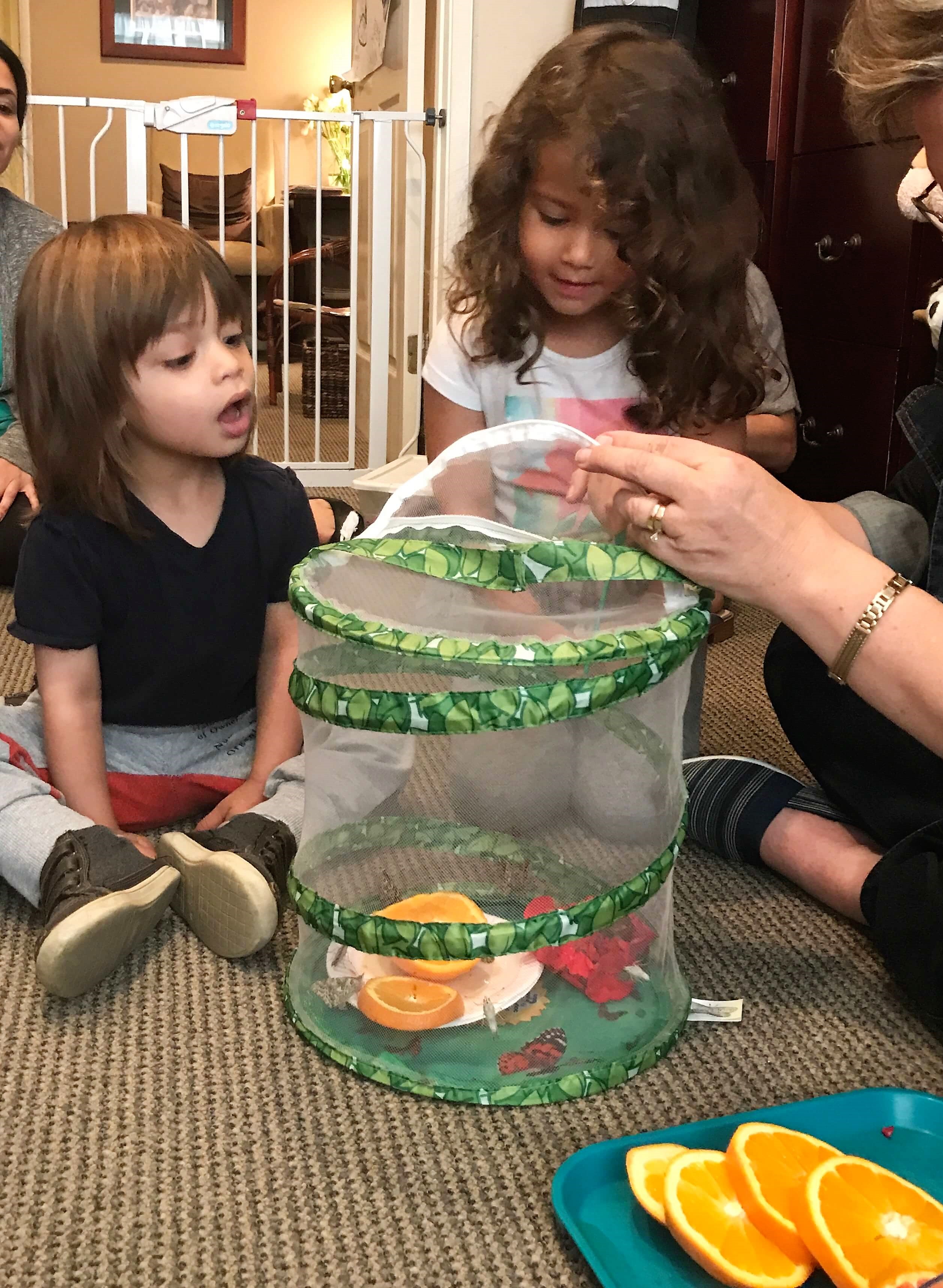
The experience of saying “bye bye” to the butterflies on the day that they were released, was an amazing one that toddlers and parents will always remember.
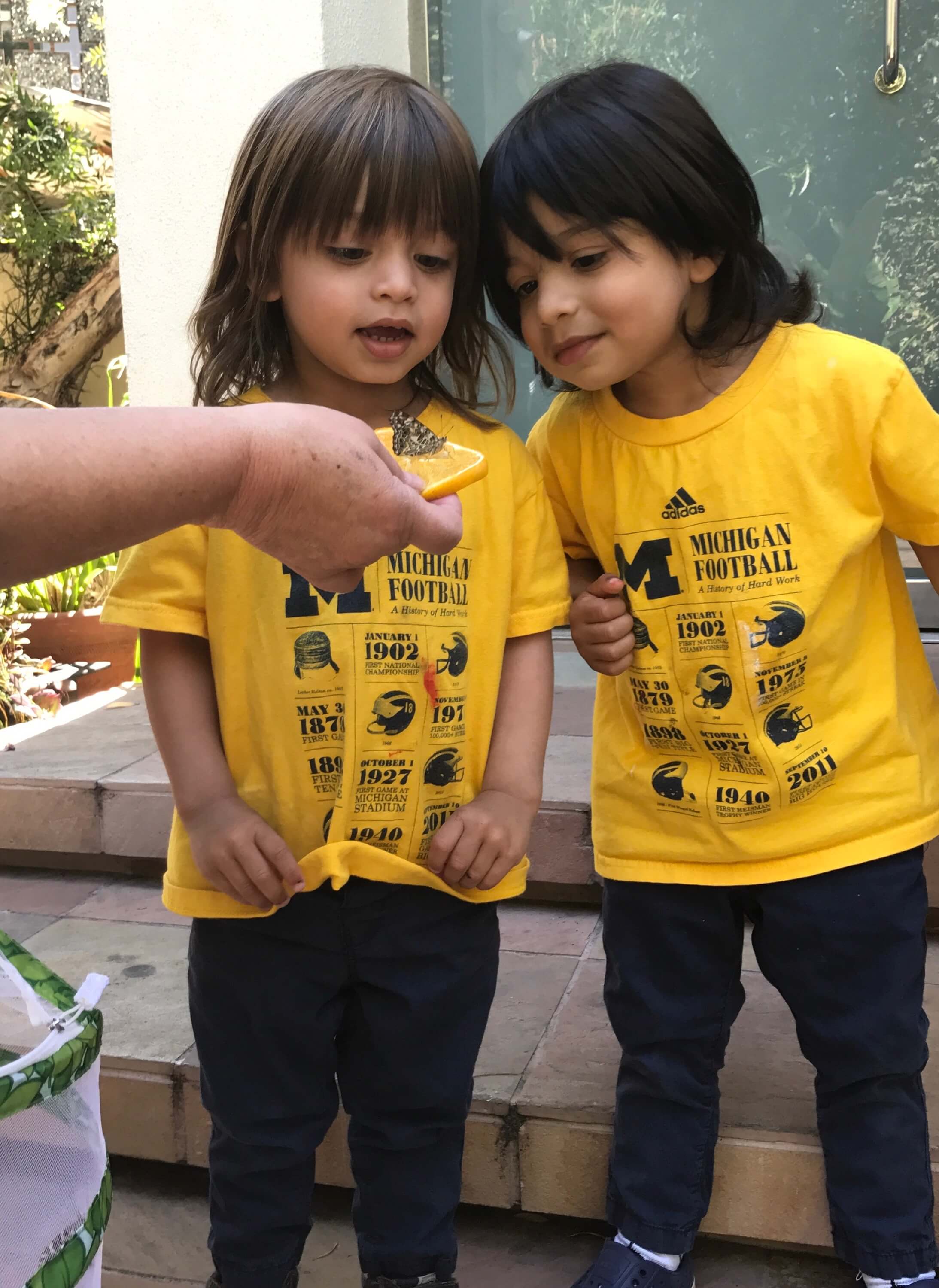
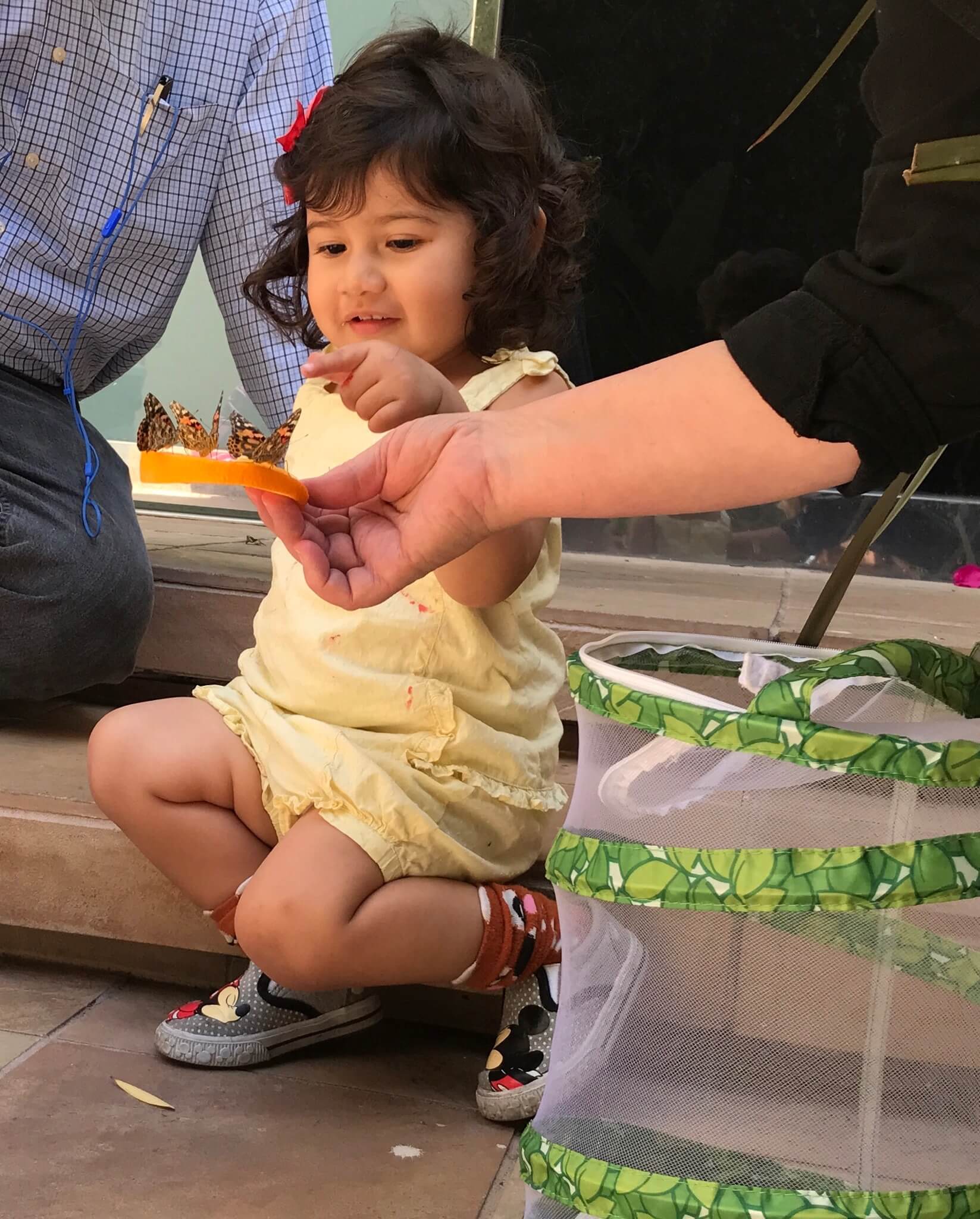
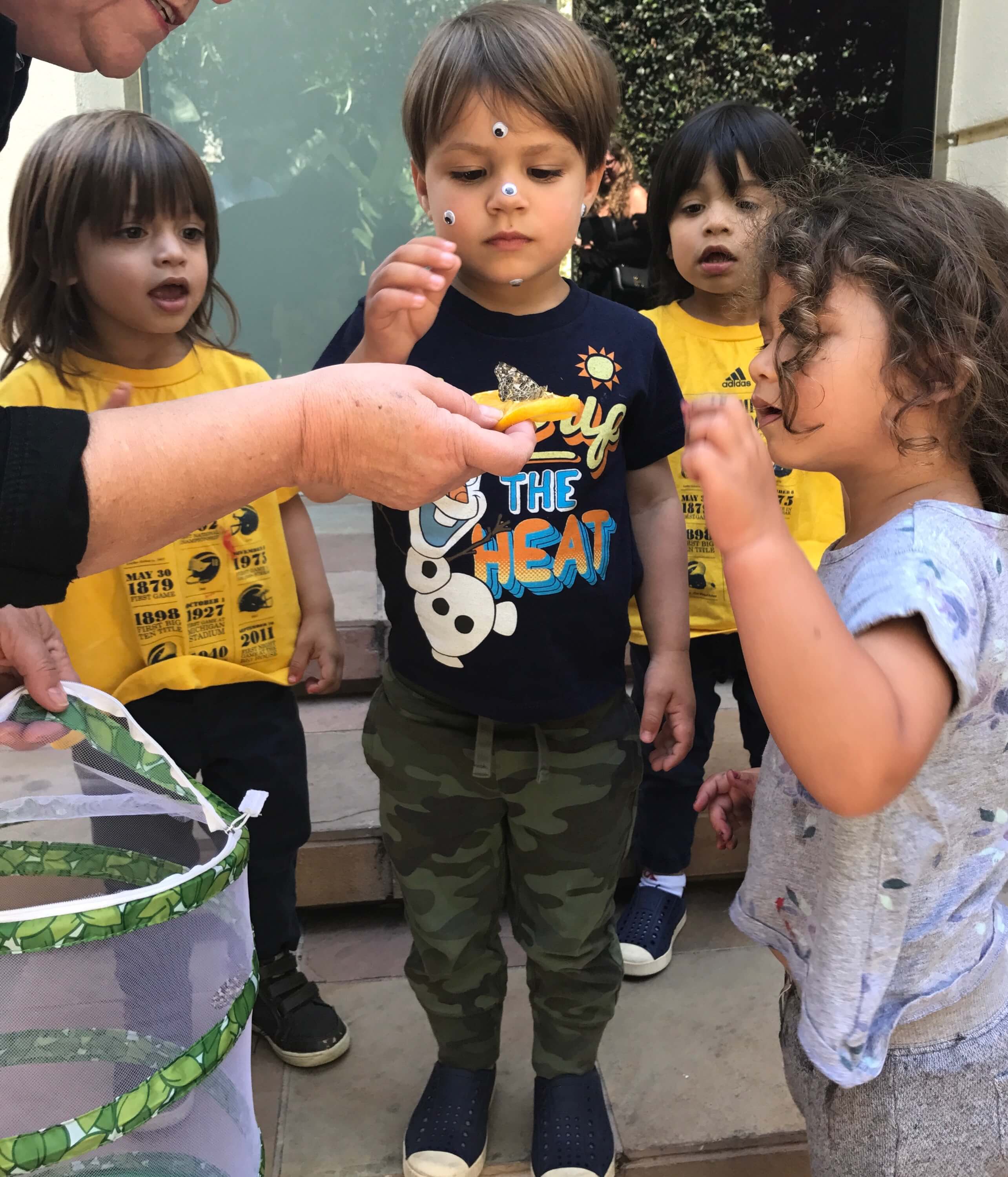
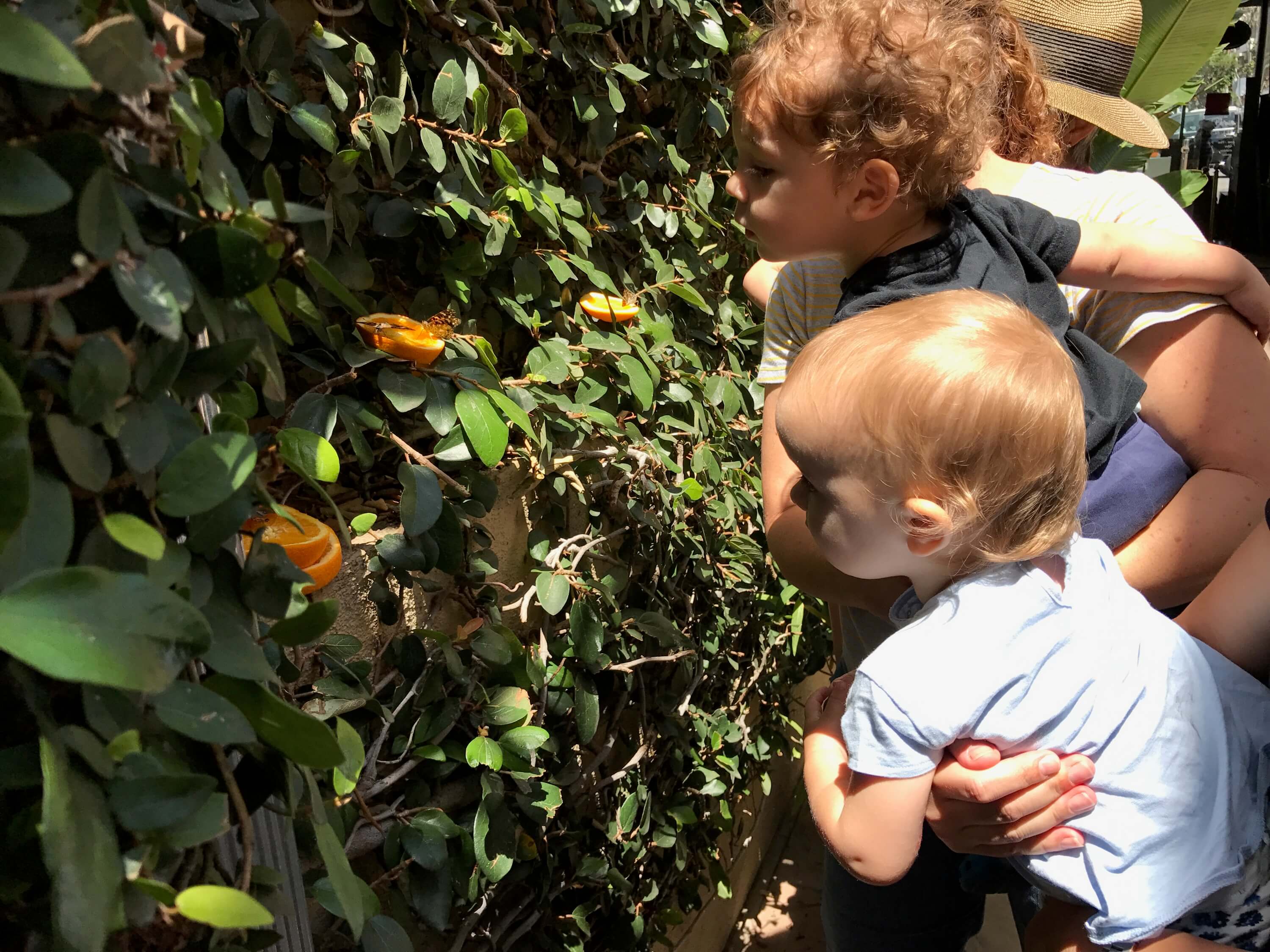
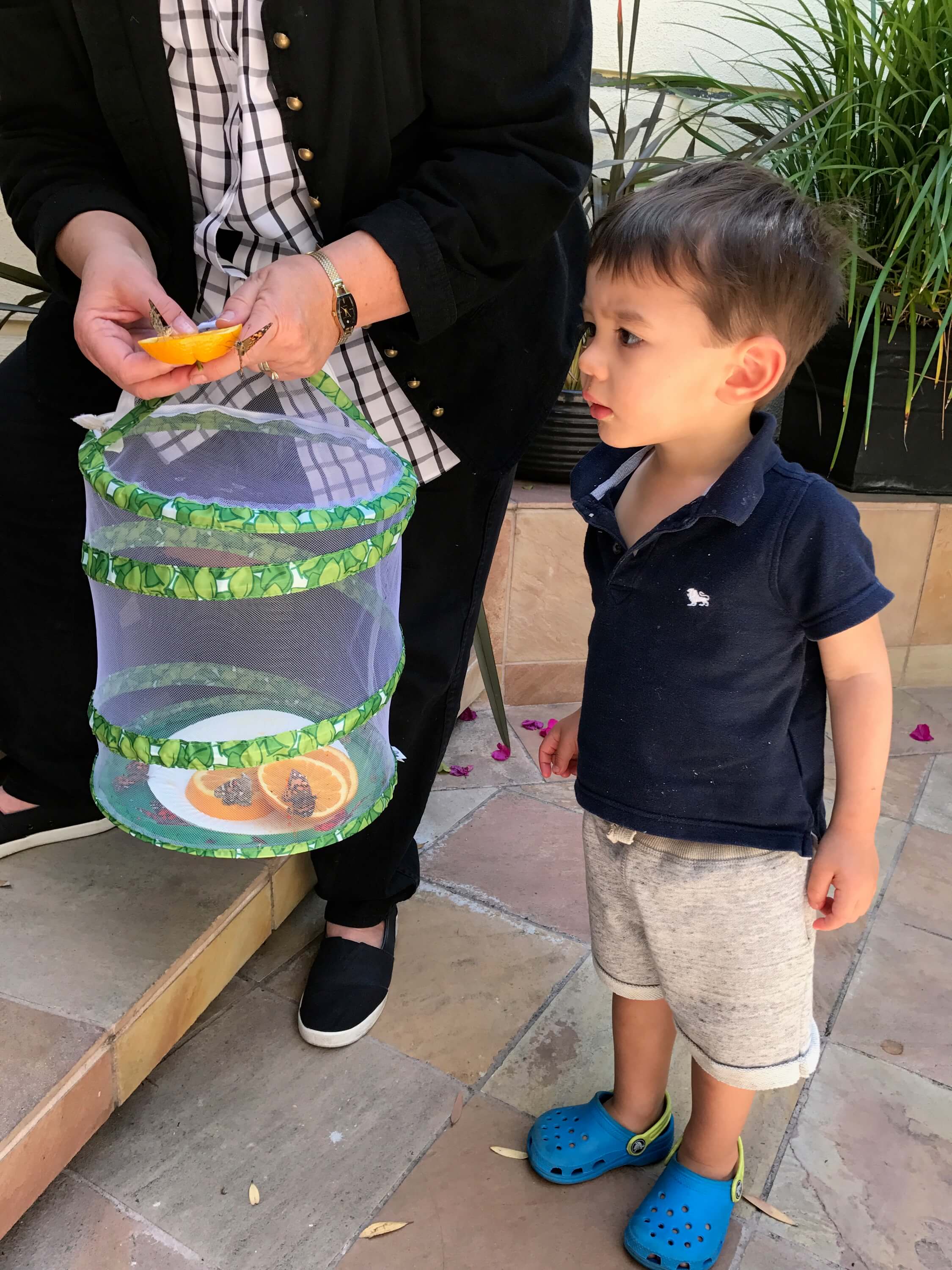
Toddlers painted their own egg carton caterpillars and made paper butterflies to hand from the ceiling. It certainly looks like Spring!
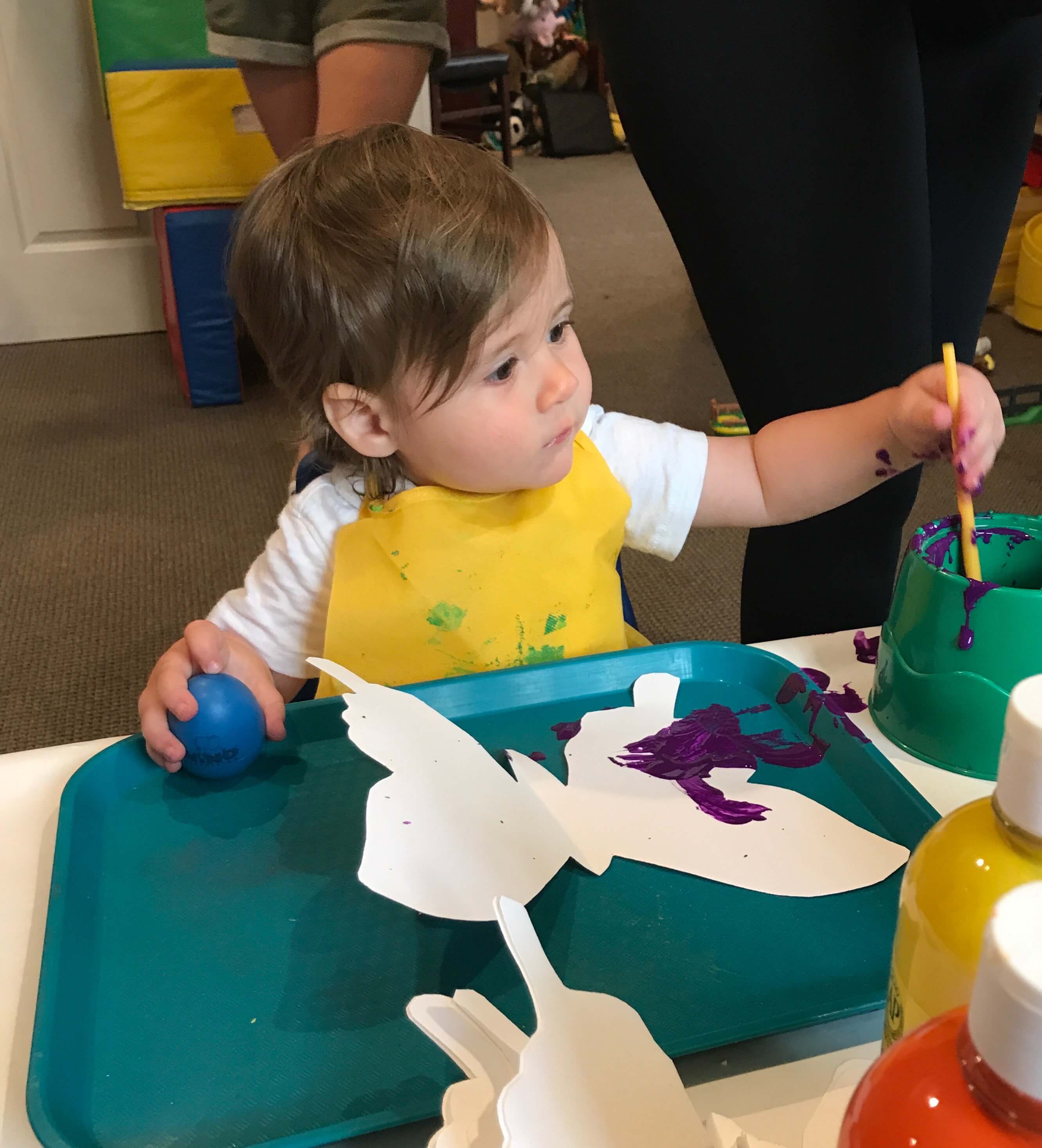
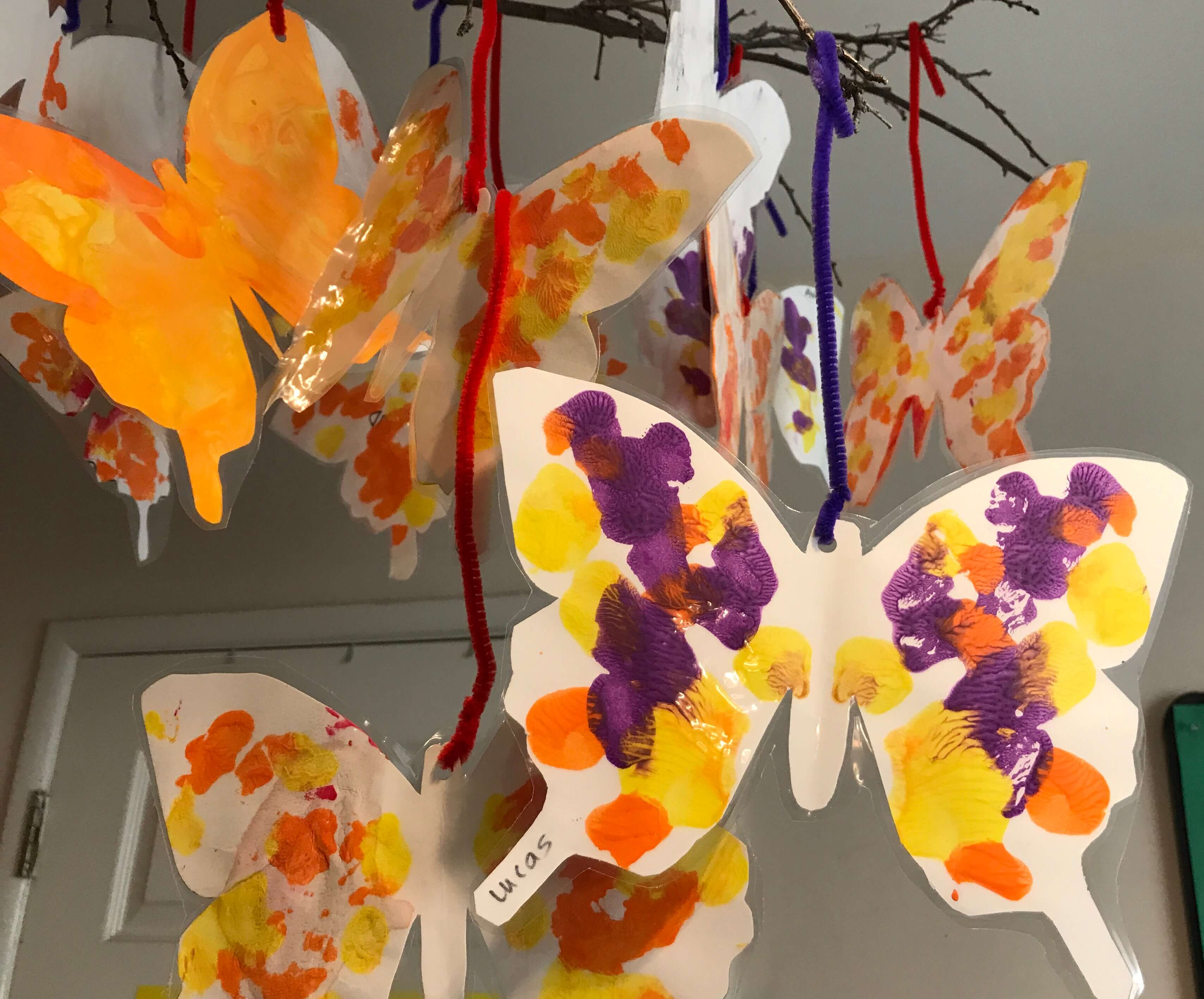

Can’t wait to see what May will bring!
Written by: Marilee Hartling & Paula Boscardin
Contact us to join our groups!
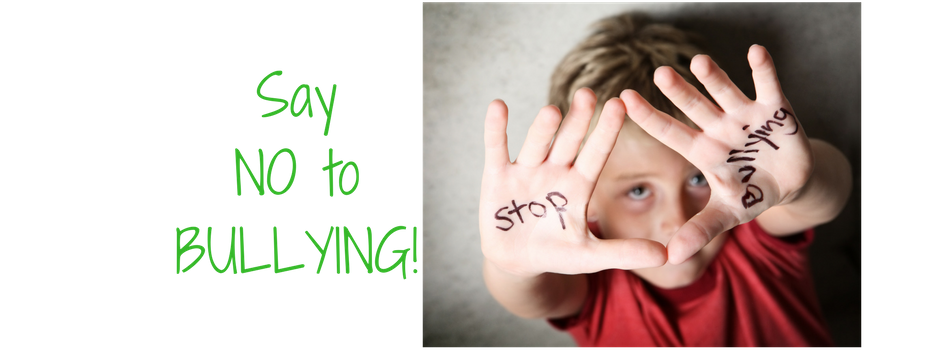
Not too young for bullying!
Preschoolers are not too young for bullying. After the age of 3 the brain is developed enough to understand someone else’s point of view. At this stage of development, toddlers can recognize feelings in peers and be empathic. So, yes, preschoolers are capable of bullying. It might happen only to get attention, but the “wait and see” approach won’t help. Bullying should not be ignored. Little kid bullying is surprising, we often dismiss it.
Is it bullying or just a conflict?
Conflict is a disagreement that may turn into a fight. Bullying is a behavior with the intent to hurt someone’s feelings and self-esteem. During a conflict, both peers are unhappy and fighting over a situation, for an example: fighting over a toy that both want to play with. Bullying usually happens with an imbalance of power and the intention to harm. Bullies typically enjoy seeing the other child feeling unsafe and afraid. Bullying is recurrent and aimed towards a specific person (or group). It can cause anxiety, fears and undermines self-esteem.
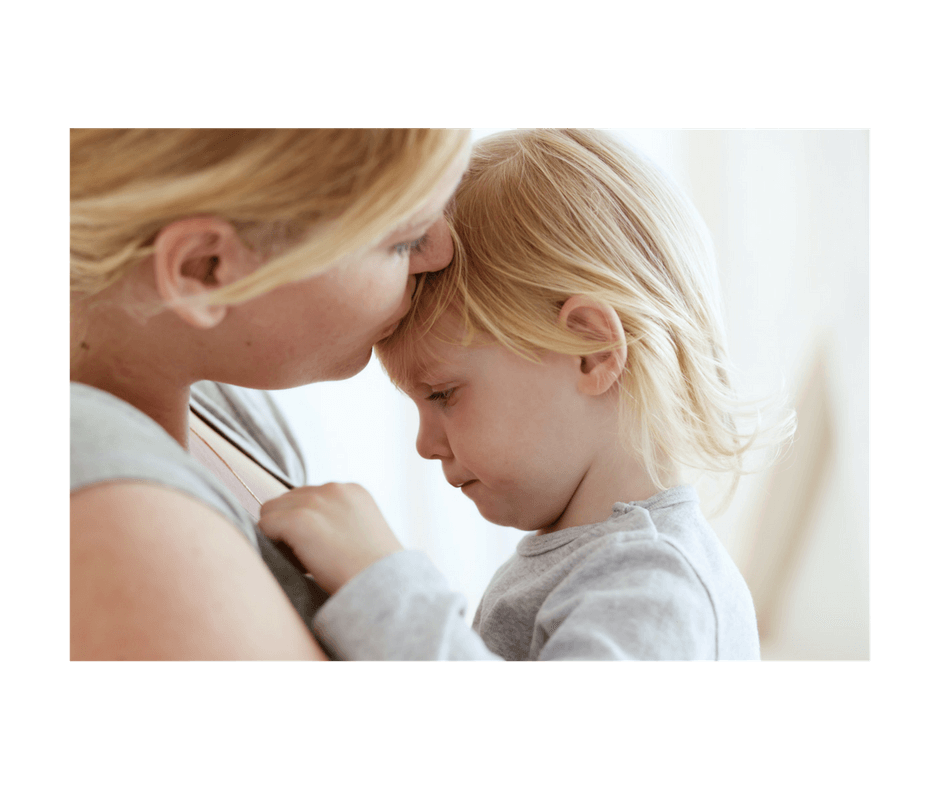
Bullying can happen in preschool, and it very often does. So, how can parents deal with the situation?
- Look for signs.
- Talk, talk, talk
- Your preschooler is being bullied. Now what?
- My child is the bully. What to do?
1. Look for signs
If your child:
- Doesn’t want to go school
- Shows injuries and say things like “I don’t remember how I got hurt
- Has frequent nightmares
- Has decreased self-esteem and says things like “no one likes me”
- Says that is feeling sick before being dropped off at playdates or preschool
- Tells you often that one kid is being mean to her
There might be bullying.
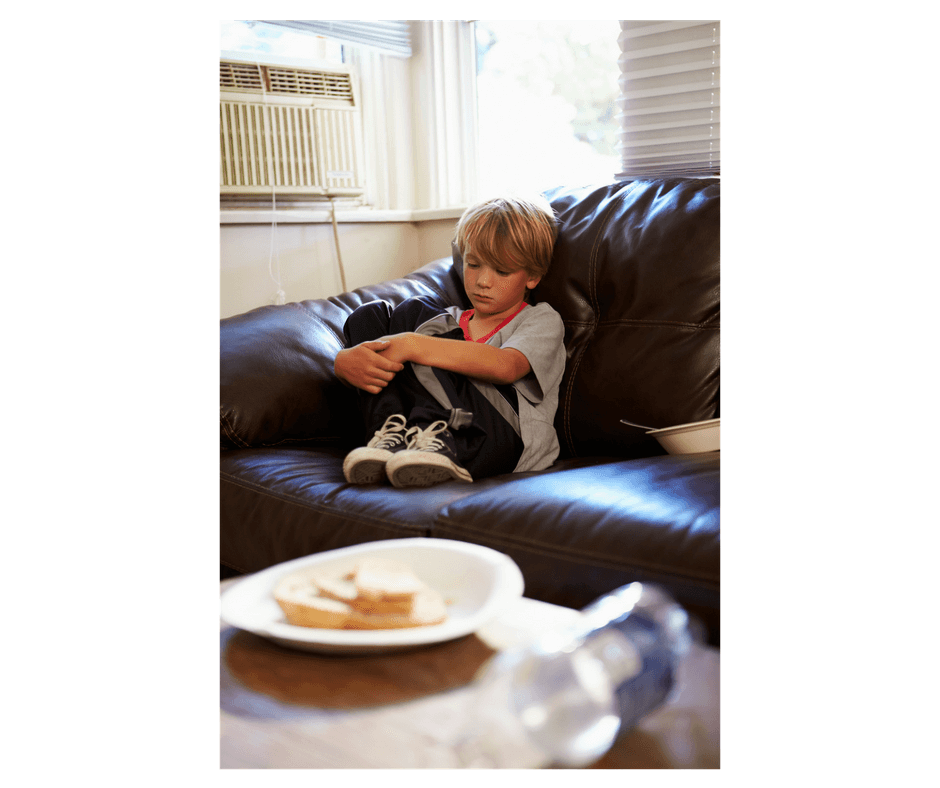
2. Talk, talk, talk
Communication is always key with parenting. Ask your child how her day was at preschool. Ask about friends and playtime. Let your child feel safe and always reassure that you can help. “If you tell me what’s going on, I am sure I can help you”. If your preschooler tells you about the situation and you understand that she is indeed being bullied, stay calm and don’t be judgmental. The more supportive you are, the more details you will get. Very often young children can’t put into words what is really going on. She just knows that she is feeling bad. To help, you can ask questions like “Did someone hurt you?” “Can you tell me exactly how it was?”. Try to make a casual conversation and pick a place where your child feels comfortable. Don’t interrupt. Listen and wait for pauses to ask questions.

3. You detected that your preschooler is being bullied. Now what?
- Help your child to know how to respond. Teach how to stand tall and be brave. Look the bully in the eye and say “STOP THAT!”. Pretend play is a wonderful way to practice. Pretend you are the bully and empower your child to respond. Practice what to do to when she is approached.
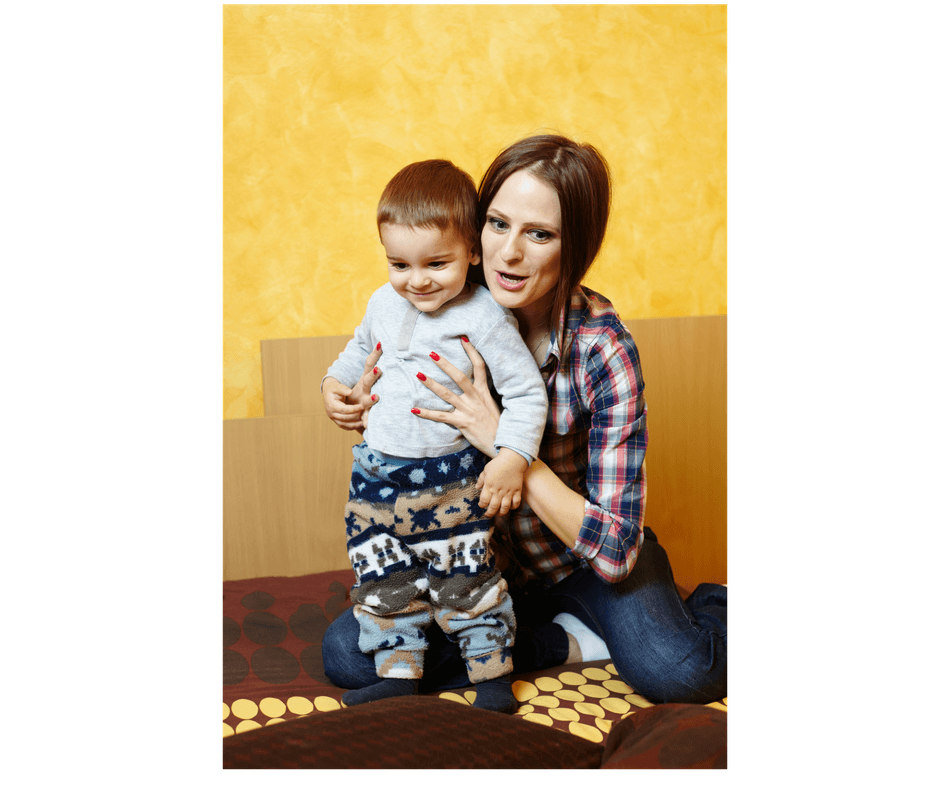
- Help your preschooler to make more friends. Schedule playdates with neighbors and children from out of school. This will help your child build confidence and self-esteem.

- Teach your child to ask for help. Adults can help. Reassure that you are there for her and let her know that she can trust the teachers.
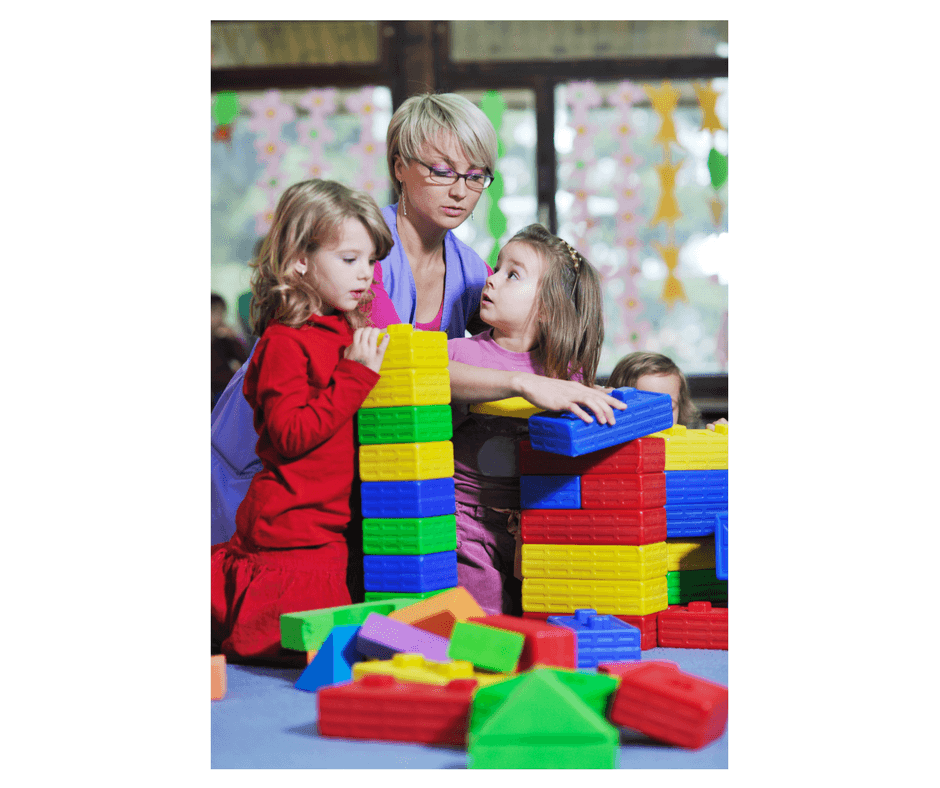
- Ignore the bully. One cognitive behavioral technique studied by researchers involving children being teased, helped them to understand that they have the power to “unplug” their machine and not allow those teasing them to get a reaction or press their buttons anymore. The core of the program involves the practicing of three structured ignoring tasks: P. Z. W. Where P represents “play it cool”. This involves taking careful note of their own facial appearance and body posture and presenting a relaxed and no aggressive appearance. The Z stands for “zip the lip”. This essentially involves not responding with any verbally aggressive response. W stands for “walk away”. [1]

- Take action yourself: set up a meeting with the preschool or daycare. Bullies often understand that the behavior is not acceptable and try to hide. So, it is common that the teacher is not aware of the situation. Let her know and give her a little time to deal with it. If nothing has changed after a little while, apply pressure for a solution. Talk to the bully’s parents, but keep in mind that they can be in denial or uncooperative. Sometimes the best solution is to change preschools or daycares. You may choose different kids for playdates.
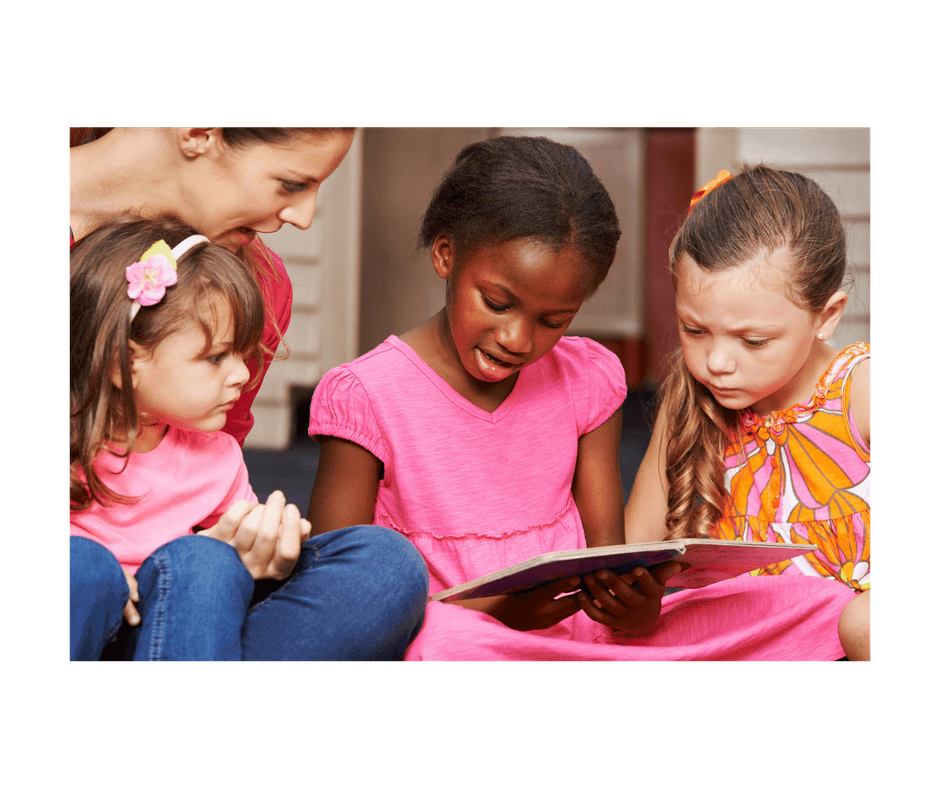
4. My child is the bully. What to do?
If your child seems to enjoy attacking others, pay close attention. Talk to her and explain that the behavior is not acceptable. Let her understand that being rude will make her lose friends. Set up play dates with adult supervision, where you can observe and help your preschooler. If the shaming and insulting continues, talk to a therapist. The therapist can have your child in the office for some “play therapy” or your child can join our “Little Friends Group” in our after school program.
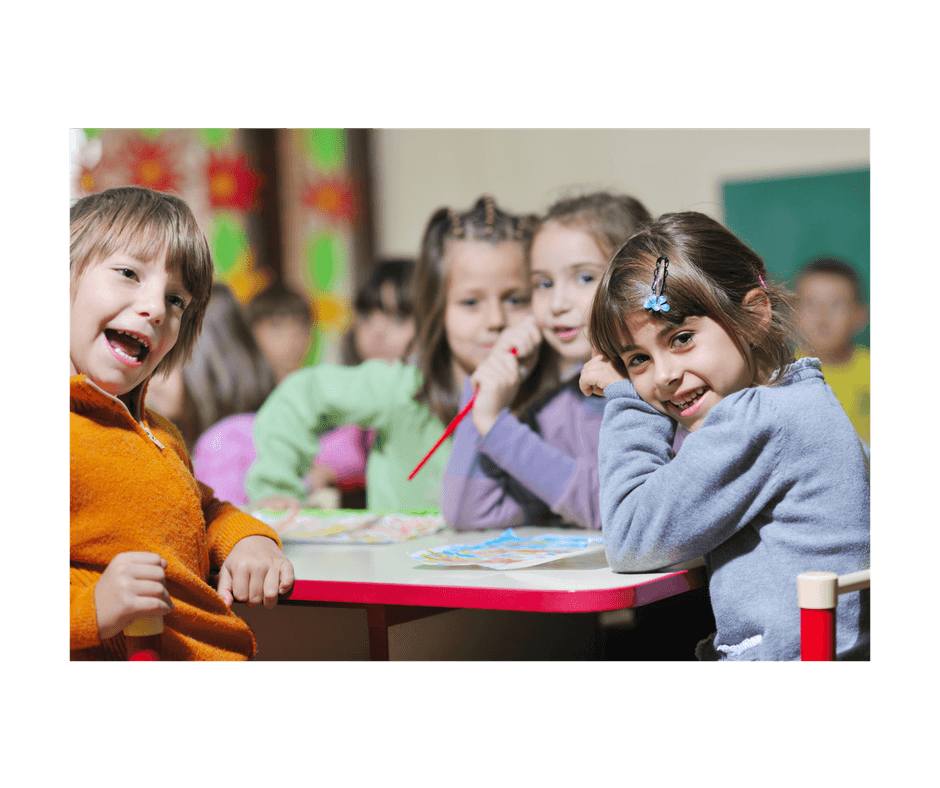
Don’t overlook bullying during early childhood. Both bullied and bully suffer consequences. Bullied preschoolers can develop a lack of self-esteem and trust; which can reflect in social life and connecting with peers in the future. And the bullies can choose to engage in further violent behaviors when they grow up.
Written by: Marilee Hartling & Paula Boscardin
Sources and citation:
(1) https://www.ncbi.nlm.nih.gov/pmc/articles/PMC2277292/
Contact us to join our after school groups!
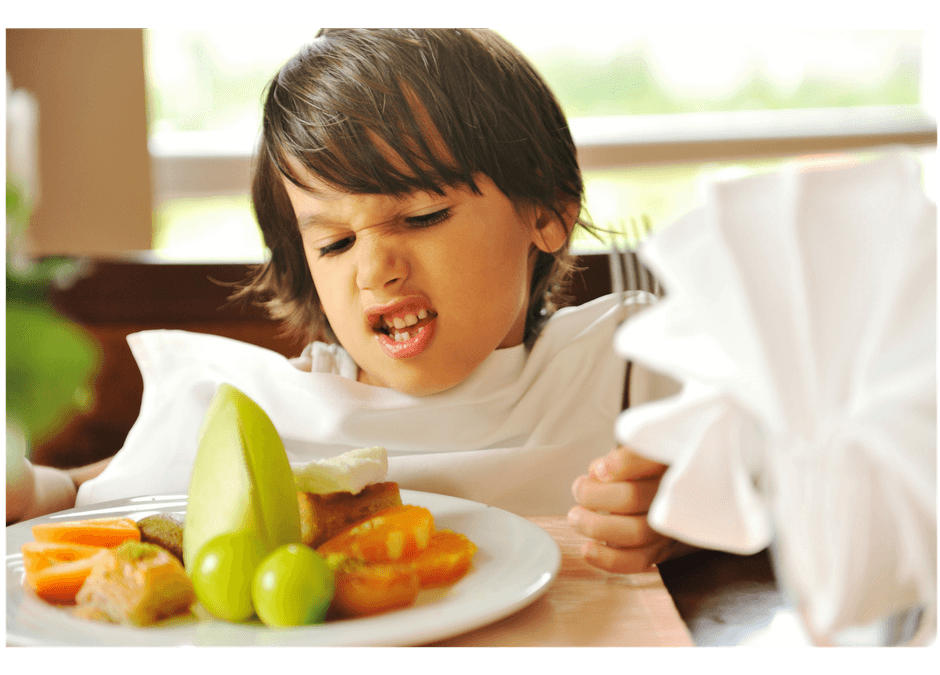
Managing Toddler Food Wars
You think ahead, you plan and prepare the meal. It’s dinner time and your child refuses to eat. So the battle begins… Stop right there! Try not to think “this has to be my way” but “what is the best way to encourage my child to eat?”.
Here are some tips for winning the war (before the war even starts!)
- Don’t ask questions
- Careful with snacks
- You are in charge
- Remember that your child wants to be in control
- Have family meals
- Friends may help
- Always offer
- It’s ok to be messy

1. Don’t ask questions
Asking your toddler questions like “would you like to try…” leaves room for the big “no” that you don’t want to hear. So, instead of asking, say “today we are having…”.
2. Careful with snacks
If not hungry, your toddler won’t eat. Pace your meal at least 2 hours from the prior snack. You can offer water and tell your child that “dinner is almost ready” if he asks for a snack just before dinner.

3. You are in charge of what your child eats
Prepare the meal and serve it. Identify the different entrees to your toddler. Show the food. Serve only what you want her to eat. Set the example, serve yourself healthy foods that you like, so your child sees you enjoining. Keep in mind that everything is new for your toddler, so talk about what you are eating and describe it. That may take away a bit of the unknown and make your child curious to try.

4. Remember that your child wants to be in control
Don’t negotiate. The first step is to get your toddler to the table without any drama. Give the warning “in two minutes we will sit on table to have lunch”. Give choices “Do you want your blue plate or green plate?”. The second step is to go thought the meal in a positive mood. You can encourage your toddler to eat, but don’t push it. Give her options without making it a big deal. “You don’t like your potatoes? Ok, try the yams instead” and keep going with the dinner. It’s important that the alternative food is chosen from the same food group, so plan to have different options of proteins and carbohydrates.

5. Have family meals: eat together
Remember that meal time is not only for nutritional purposes, but also a time to talk, share and socialize. Create a good atmosphere. Be warm and engaged. Keep the TV (and iPad) turned off. The focus must be on the food and connecting as a family.

6. Friends may help
Toddlers connect with peers. Plan playdates and have healthy snacks available. Your toddler will see her little friend having fruits and veggies and will want to try them too.

7. Always offer
Plan ahead to always have something that your child never tried before. Give funny names to new food. Peas can be “small little green balls”, broccoli can be “green trees”. You’re your green trees!” Make it fun!
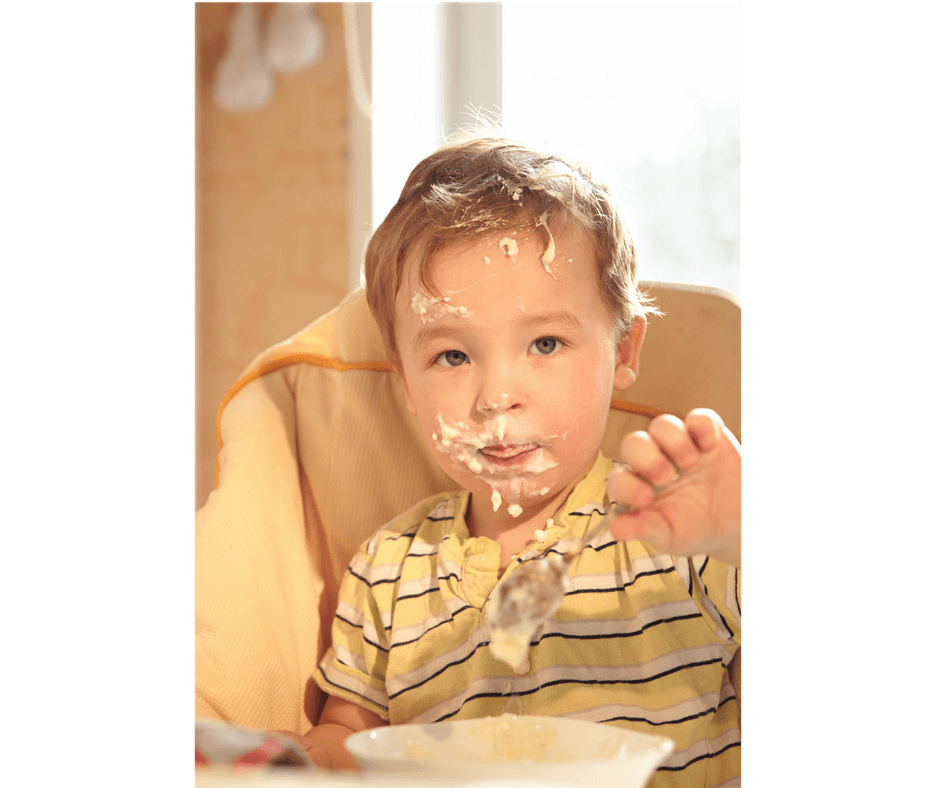
8. It’s ok to be messy
Let your child feed herself. Give her the opportunity to try. It will seem like she is struggling, but that’s how she learns. Have proper toddler utensils and give hand on hand help if necessary. Give your toddler her own bowl of food. Make it positive and encourage her to try.

9. Set the example
Let your child see you eating the foods you want him to eat. When he appears interested, say, “Oh I will share with you! Would you like a bite?”. Then let him reach for the food himself and share a bite from your plate. (This works nearly every time!).
Written by: Marilee Harling & Paula Boscardin
A special thank you to Cynthia Epps for sharing her materials and knowledge with us. Cynthia is our feeding consultant and frequent guest speaker for our group programs. (click here to learn more about our team)
Contact us to join our groups!
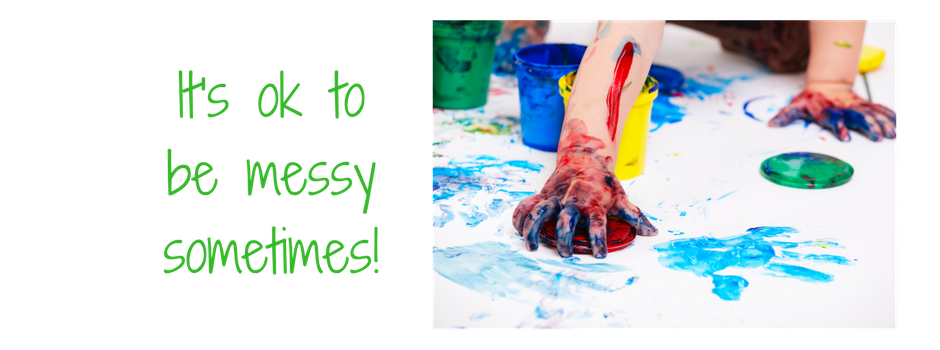
The Benefits of Messy Play
The word messy makes you think of paper towels and baby wipes, right? Try to be more relaxed about it. Messy play helps your child’s learning process. It promotes engagement with the senses. Every sensation is sent to the brain to be interpreted. Those interpretations will help your child’s cognitive and creative development.
Messy play promotes:
- Physical development
- Language development
- Creative development
- Emotional development
- Social development
- Mathematical development
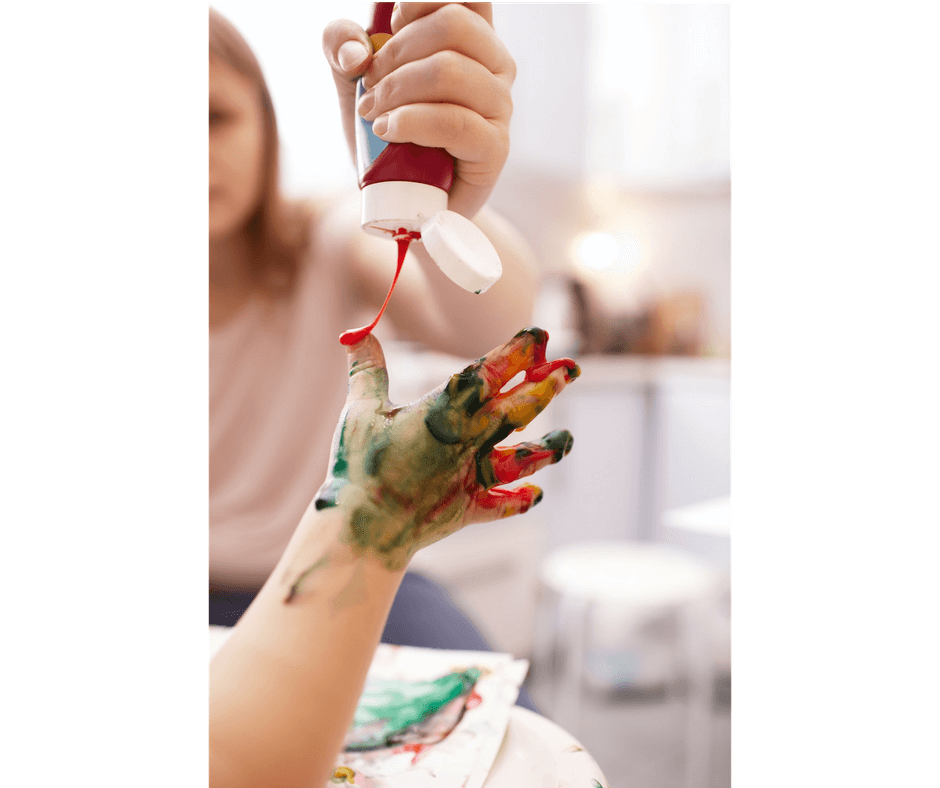
1. Physical development:
Fine motor skills and hand coordination. Hands-on activities help children to compare textures and temperatures and to develop their sense of touch. During messy play, children can learn about boundaries and to respect each other’s space.
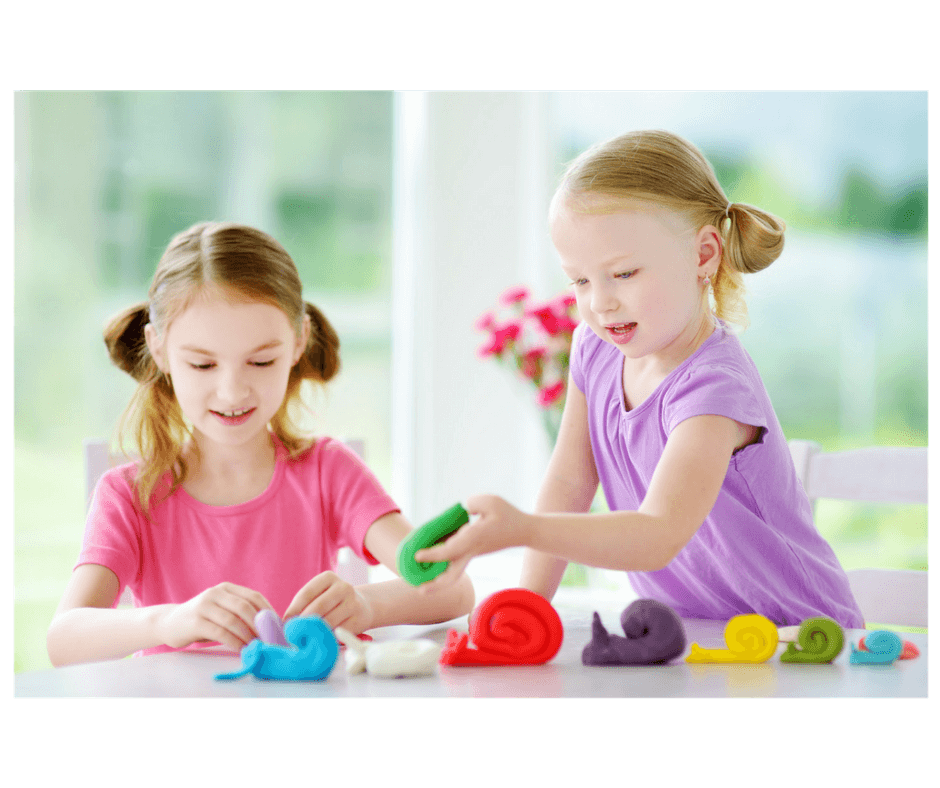
2. Language development:
Learn vocabulary. Parents can teach the child how to use her words to describe what she is feeling: cold, hot, rough, soft. Also, it’s a great opportunity to teach how to share and take turns with her peers. “Are you all done with the playdoh? Can you share with your friend?”
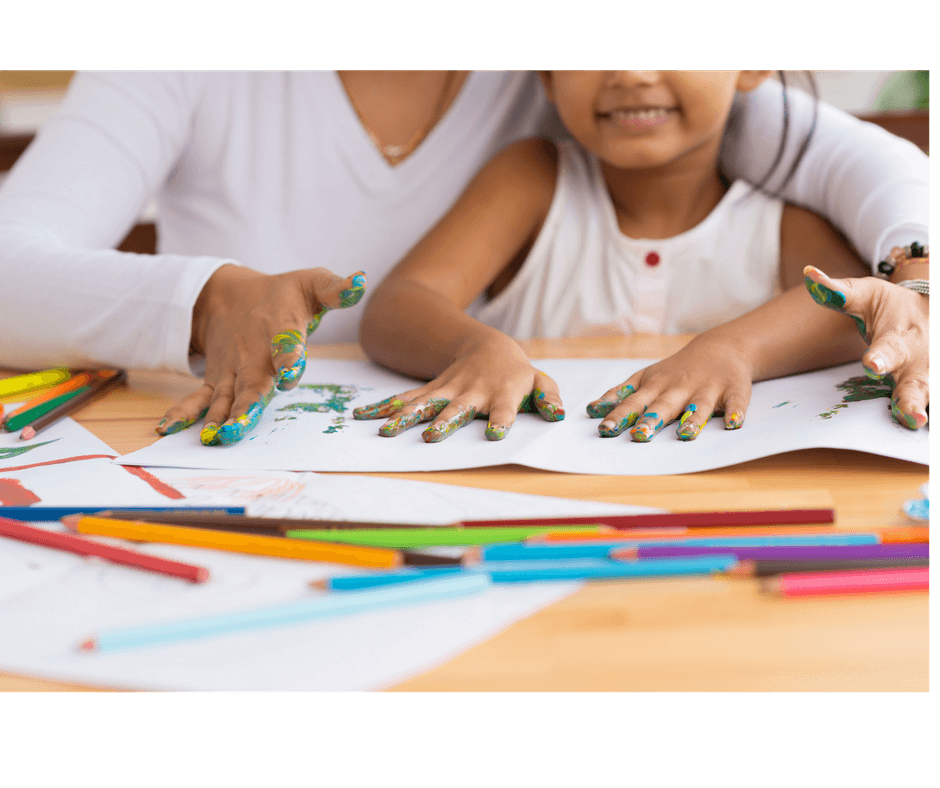
3. Creative development:
Through messy play toddlers can learn to express themselves and to explore. Being creative and imaginative can help children to try out new ways of doing things, so parents can encourage confidence and thinking abilities. Parents can provide materials that help the child to learn action and reaction. An example is marble painting: put a piece of paper in a tray (or box), drop marbles in paint until they are covered, transfer the paint-covered marbles to the paper in the tray with a spoon, lift the tray and tilt it so the paint-covered marbles roll around. Children will see the paint trails, and they will learn how to make different designs while moving the tray. Messy play can teach children how to achieve goals, and give them confidence to reach a solution.
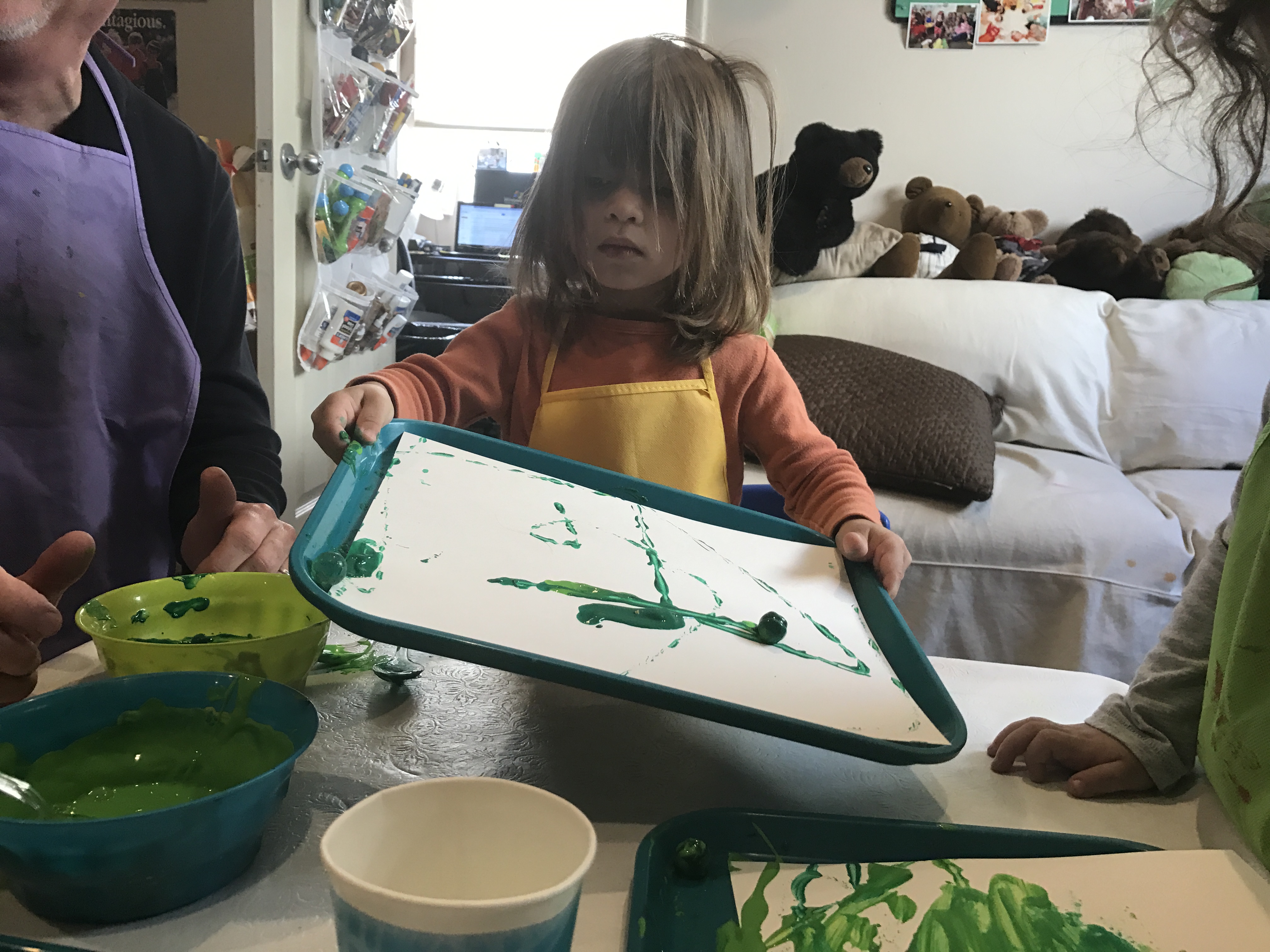
4. Emotional development:
There is no “right way” in messy play. Give your child positive feedback. For an example, say “wow! Look at those colors!”. This gives her freedom to express herself and helps building self-esteem and confidence. When one of the children in our Preschool Prep Group was asked how she felt about her marble painting, she said “I love it!”.

5. Social development:
Messy play promotes interaction. Children can learn to play cooperatively with peers and develop concentration and problem-solving skills.
6. Mathematical development:
Children can learn measurement, calculating and counting. Example: With sand and water children can learn the concepts of heavy, light, full, empty. With playdoh children can learn shapes in addition to exercising the muscles in their hands that will be needed later on for fine motor activities like writing.

Messy play helps your child stay engaged during the learning process, so it’s important that you encourage it. Let your child play with food, cook with her. Let her have lots of experiences. Make it natural. Try not to make it a big deal if there is a spill or a splatter and tell her “it’s ok to be messy sometimes!”
Wrote by: Marilee Hartling & Paula Boscardin
We have the best place for messy play!
Join one of our groups!
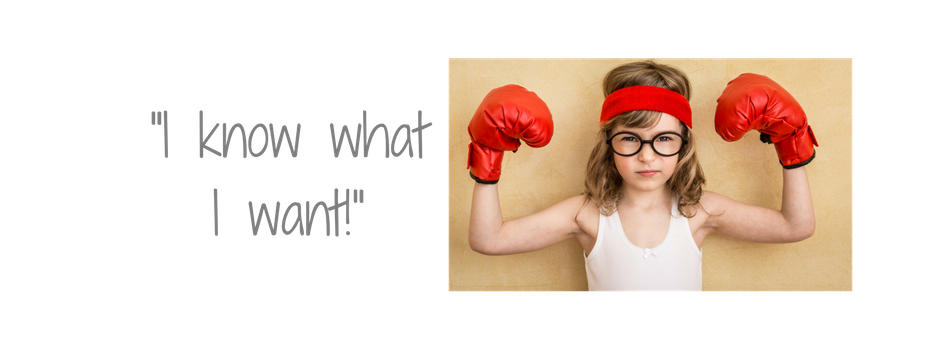
I have a strong-willed child!
Is your child always testing your limits? Congratulations, you are probably the parent of a strong-willed child! You might think that she is stubborn and difficult. But, you may also want to consider that she is curious and self-motivated. Strong willed children are brave and not afraid to try new things for themselves. Parenting a strong-willed child is about learning to let go a little, and figuring out how to see things from your child’s point of view.
Here is some advice to help you parent your determined and spirited child:
- Don’t get into power struggles
- Giving choices
- Let her experiment for herself
- Controlled independence
- Emotions and behavior are always side by side
- Helping using her words
- Empathy

Don’t get into a power struggle. Strong willed children often try to argue everything that you tell them to do. Pick your battles. Be creative. Tell them “I understand how you feel, let’s work this out”. Negotiation skills are important in adult life. Strong willed children “know what they want”, so you can teach your child how to explain why she needs it to be that way. It helps if they feel understood. Example: “I hear you don’t want to take a bath. Can you tell me why?” One mom recently told us her child was afraid she would go down the drain with the water. The mom would have never known if she hadn’t asked “why?”

Giving choices to your strong-willed child can help with cooperation. Strong willed children don’t like being told what to do. Don’t intimidate them. Punishment usually doesn’t work. Strong willed children don’t obey because you are bigger and stronger. They will only obey because they understand and trust what you are saying. Remember that you are raising someone who doesn’t like to be influenced by someone else. For an example, when it’s time to go to school, you can say “what do you want to put on first? Your pants or your shirt?” In that way, your child can feel he made some choices about getting dressed.

Strong willed children love to learn, but they don’t necessarily like being taught. They are curious. Let them experiment for themselves.
If your strong-willed child feels he is in control, he will cooperate. Give him “controlled independence” saying things like: “It’s bed time! What do you need to do?”. This also teaches your child responsibility. Having routines and rules helps them to know what to do without you having to tell them to.

Having a strong-willed child means that emotions and behavior are always side by side. You must be an emotional coach and teach your child how to deal with his/hers “big feelings”. Connect with him so he can learn though influence and modeling, and not through punishment. If she/he crosses the line give him love and patience, set the example. Show your child that you can control your emotions and don’t create a push-back situation.

A great question to ask is: “Can you tell me more about your feelings?”. Remember to teach your strong-willed child to express herself using her words. Not only when you are in a power struggle, but always. Listen to what she has to say. She needs to know that you care about her opinions.

The key to parenting a strong-willed child is empathy. Try to see things from your child’s point of view. Keep in mind that your strong-willed child has determination. He is adventurous and will do impressive things in the future!
Wrote by: Marilee Hartling & Paula Boscardin
Need help parenting your strong willed child?
Marilee’s passion is help parents adjust to the joys and challenges of parenting their infants and toddlers.

March Preschool Prep Curriculum
ECDA’s Preschool Prep Group has finished the March curriculum. We had fun and learned a lot too!
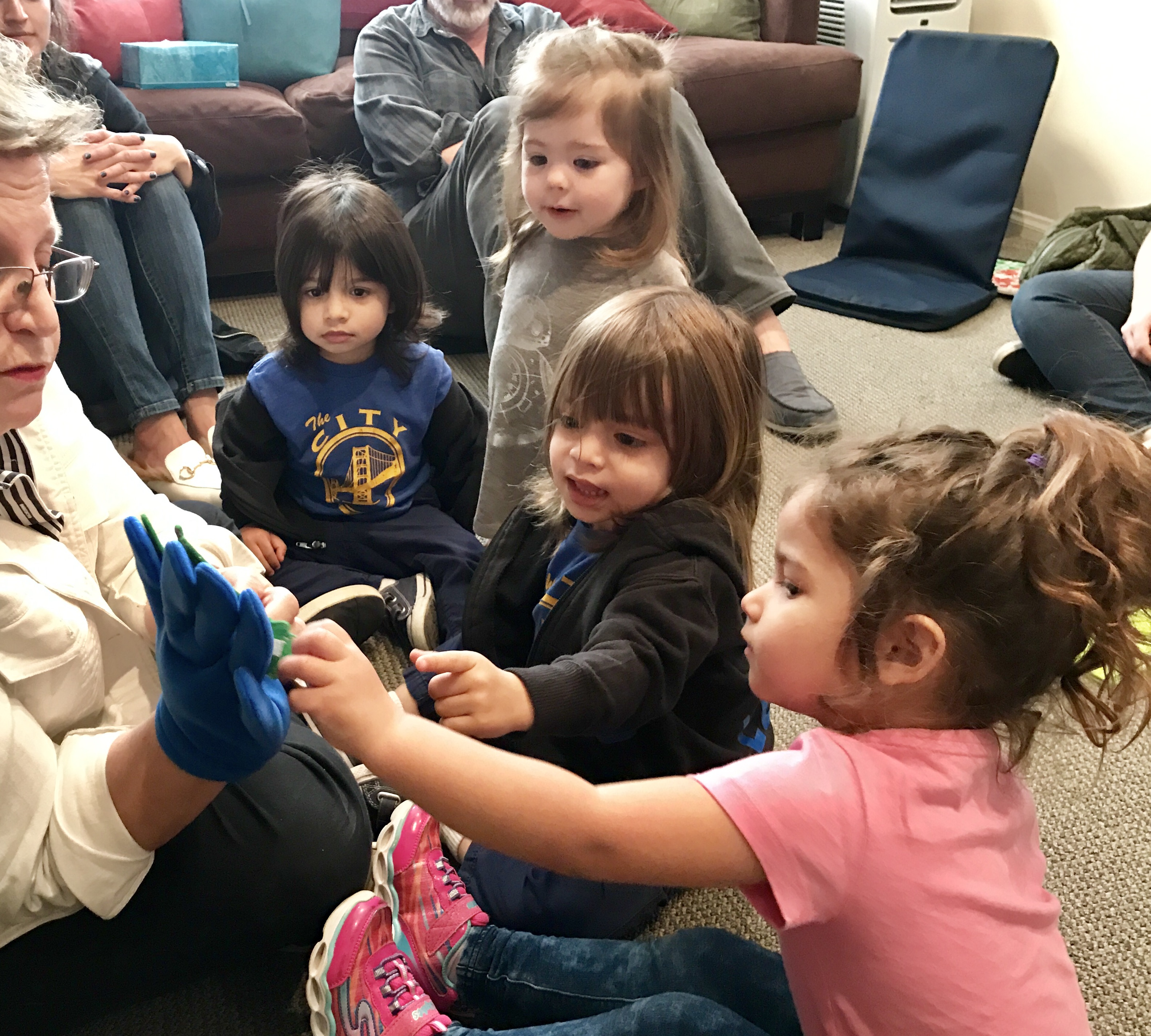
Themes Included:
Celebrating the color green, eating healthy green food, preparing for Spring, and taking turns with our friends.
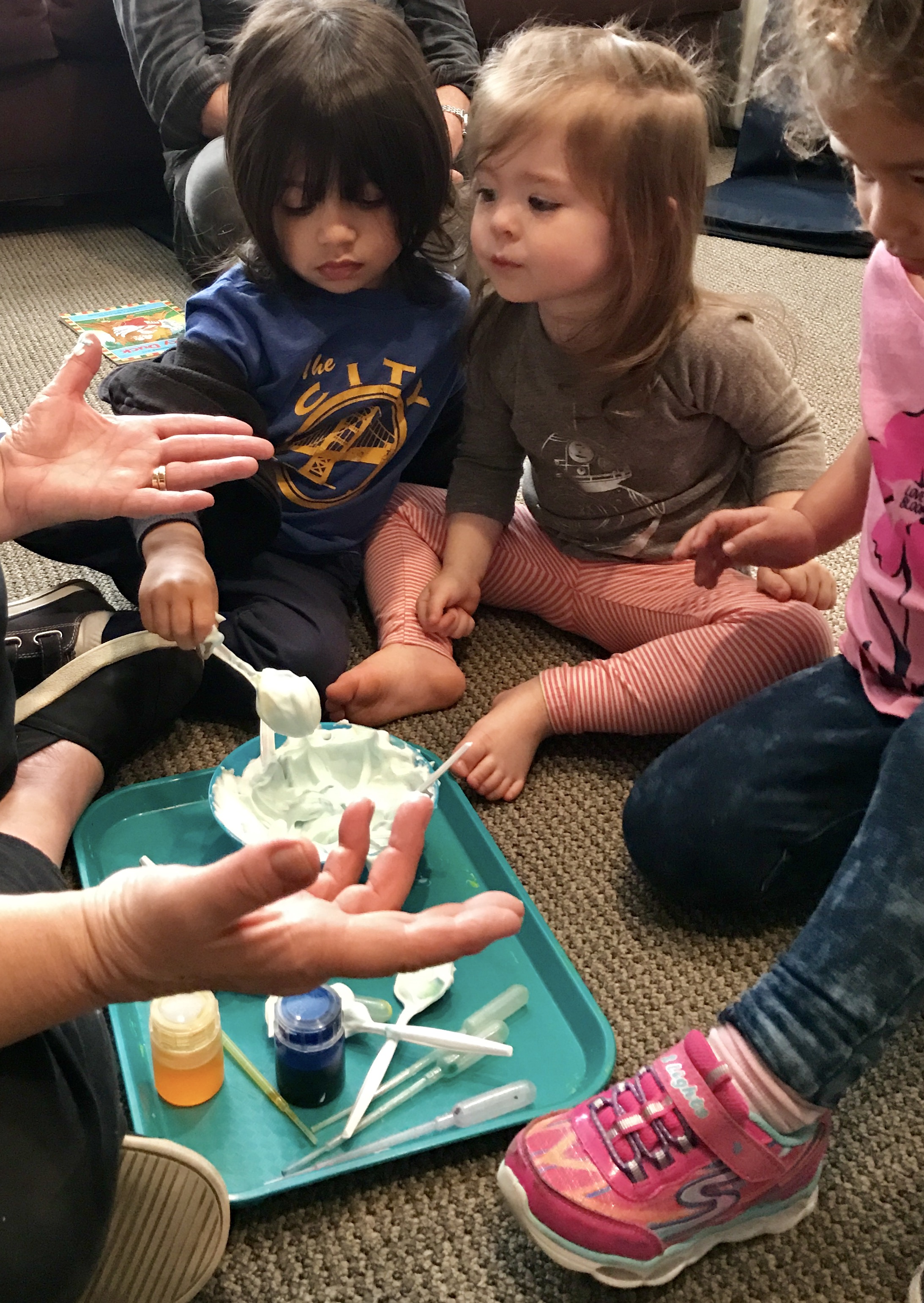
We played with homemade green playdoh. We mixed the water colors (blue and yellow) to make green…
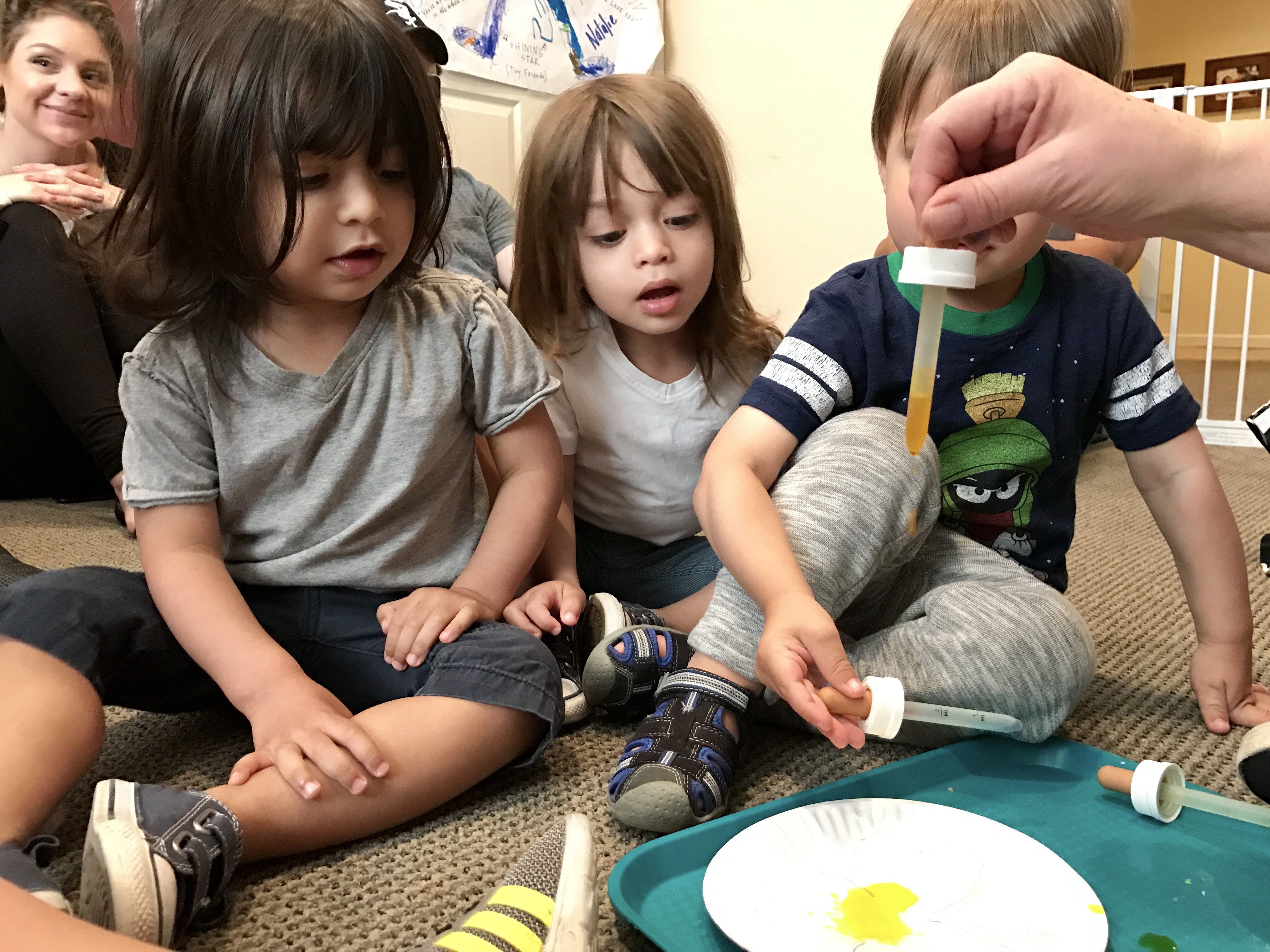
…we did marble painting with green paint and marbles, we made shamrock shapes with green tissue paper and we made vegetable prints with green paint.

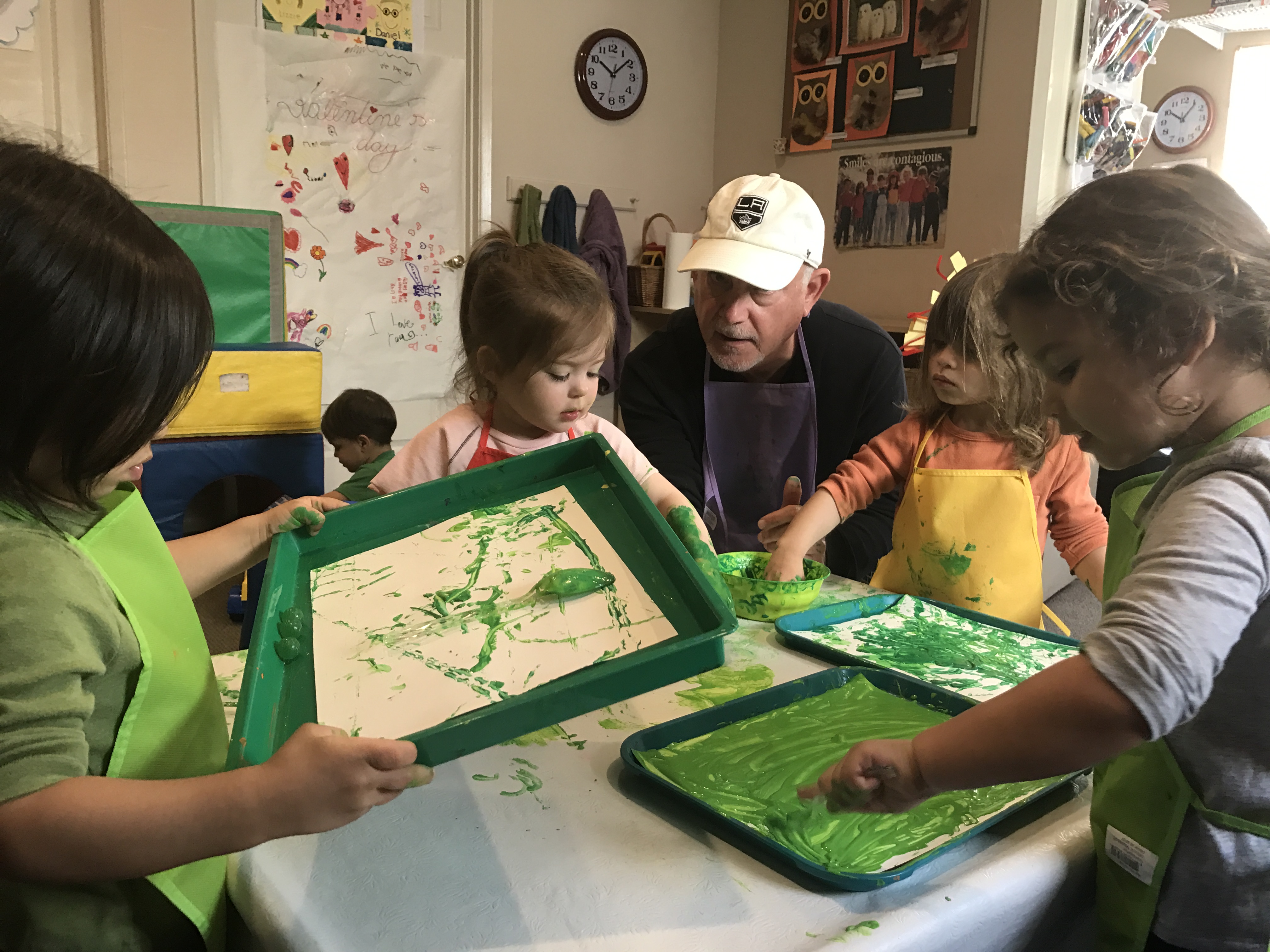
We enjoyed green shaving cream and seeds in our sensory table. Even our snacks were green this month and included: green grapes, kiwi, guacamole dip, and shamrock sandwiches with cream cheese (tinted green, of course!)


Social Skills and cooperative play were facilitated by our teachers who helped the children to practice taking turns and to begin to work together.
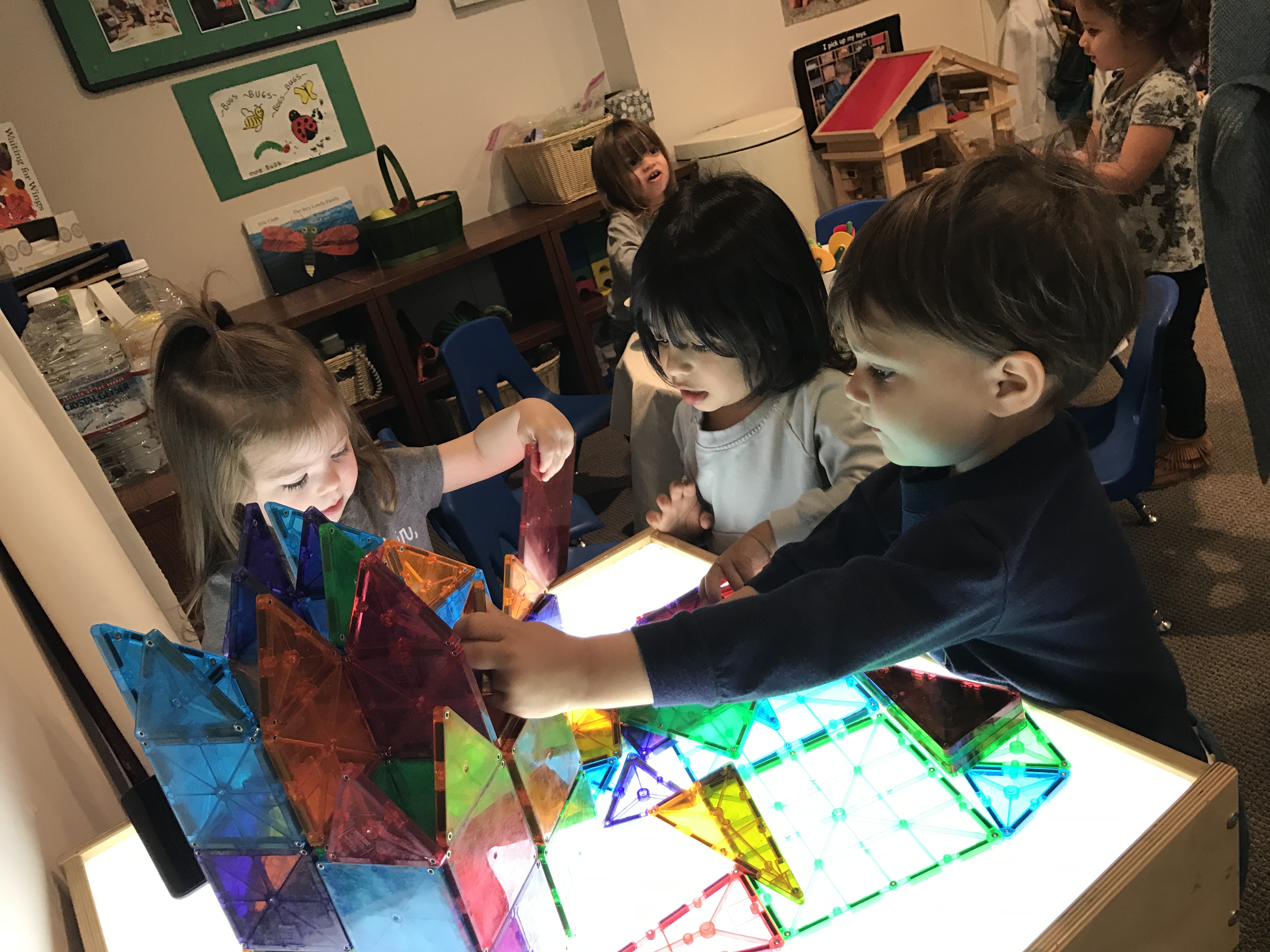
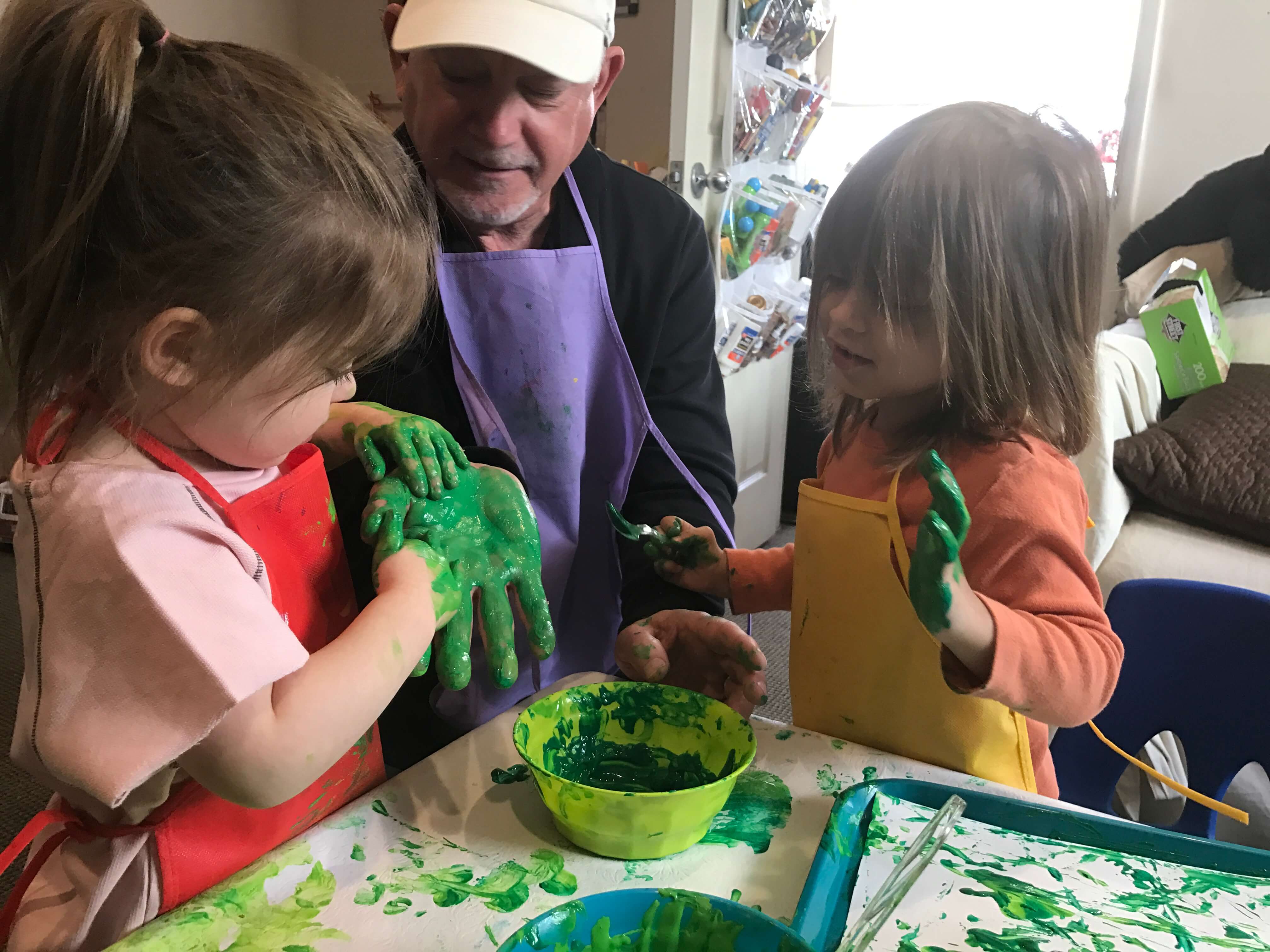
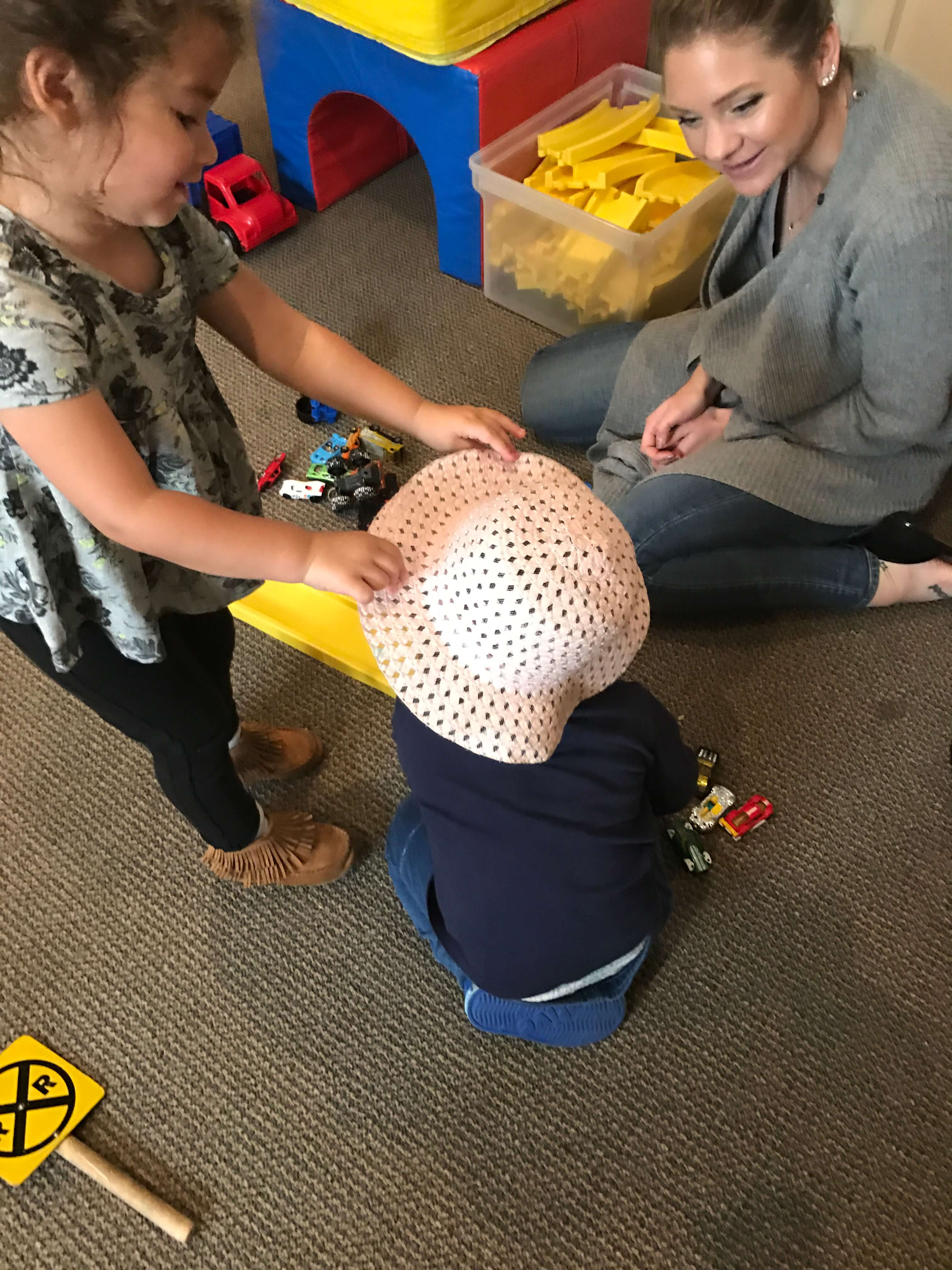
March was a very successful, fun-filled month! We can’t wait to see what happens in April!
Contact us to join our Preschool Prep Group - Summer Session!
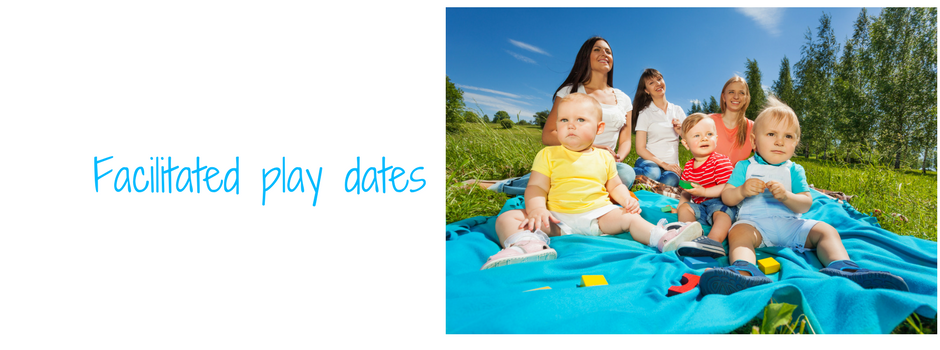
5 Strategies: Making Friends
Social problem solving skill development is a process that begins very early in childhood. We see the progression of these skills every day in the toddler groups in our office on Melrose where children and parents meet weekly for facilitated developmental play and parent discussion.
Scheduling play dates at least once a week is a great way to give your toddlers and preschoolers the opportunity to practice their developing social skills. The following are strategies that will support emerging social relationships, facilitate friendships, and resolve conflicts.
5 Strategies to Help Young Children Resolve Conflicts on Play Dates
1. Calling for help
2. Trading
3. Taking Turns
4. Walking away
5. Making a Plan
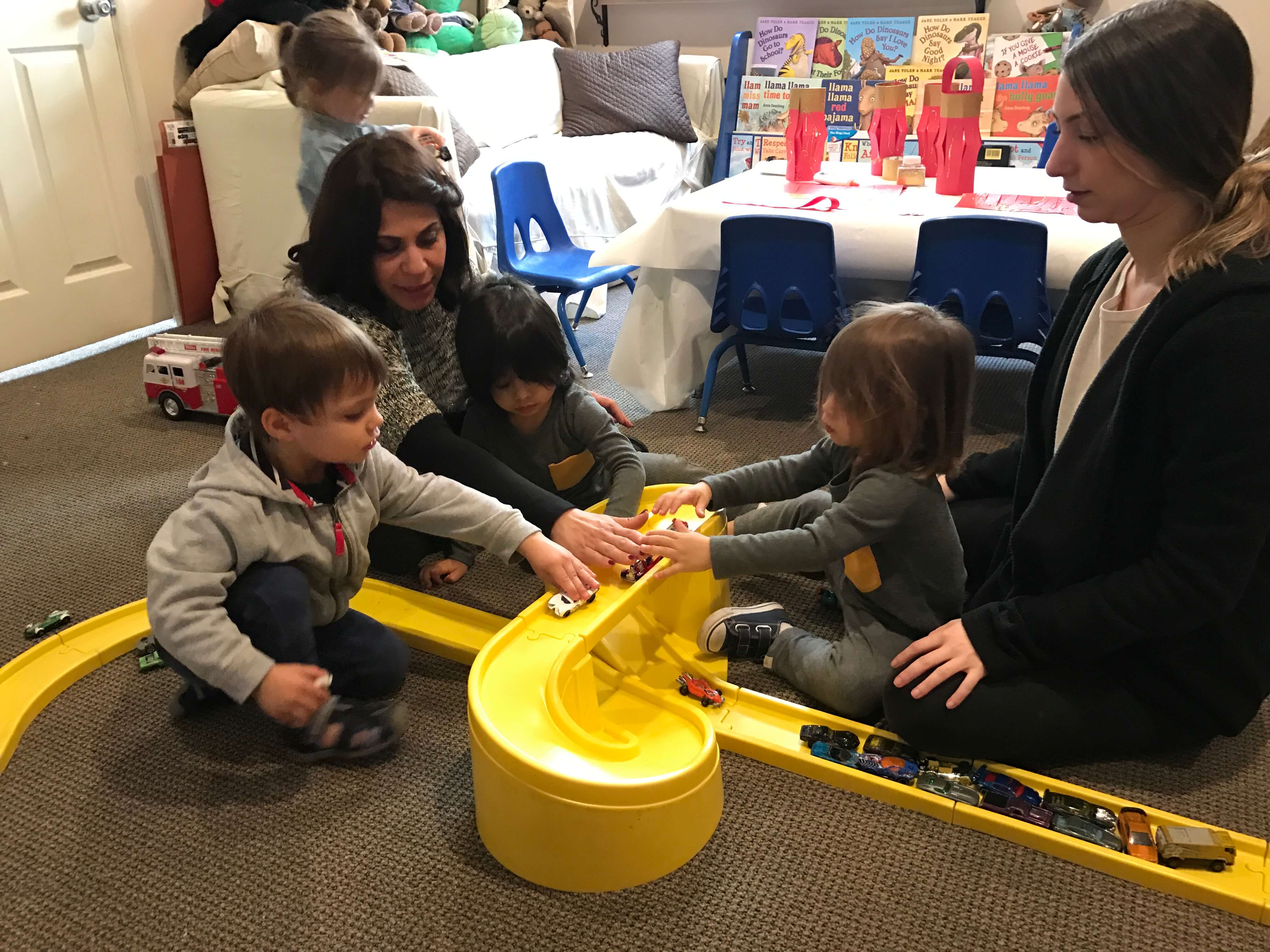
1. Calling for help
On playdates we teach toddlers about the benefits of learning to use their words instead of hitting, pushing, biting, etc. when there is a conflict. One of the best phrases we can teach our young children to use is “help me”. The tendency to call for help emerges as children develop and adults respond. Quick responses to calls for help when children get too close to each other or have a conflict tell children that their communication is received. When we validate these calls for help, children learn that the world is responsive to their needs.
When 2 children want the same toy, both may grab it and then scream for help. Parents should be responsive to these situations, validate the call for help and begin to help the children involved to understand that although grabbing didn’t work, there are some other strategies that will work better.

2. Trading
When children’s expressive language skills are not yet sophisticated enough for them to deal verbally with their peers, parents can teach them “trading”. In a situation in which one child begins shrieking as another child grabs a favored toy, parents can hand the child who is grabbing the toy another one of equal interest, to trade and say, “Ask him to trade with you!” or, “Give her the doll in exchange for the book.” The concept of trading (exchanging something for something rather than something for nothing) facilitates social skills that can be expanded as children grow.
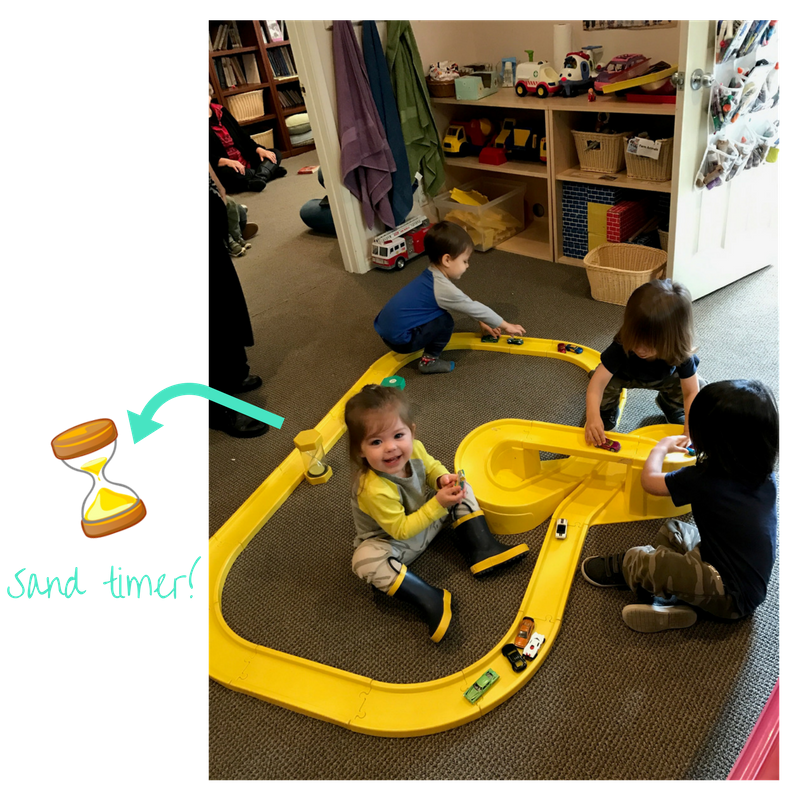
3. Taking Turns
After trading is learned, the concept of “taking turns” can be introduced on play dates. This requires children to delay gratification for a little while and to participate as an onlooker until the other child is ready to take a turn. Sensitive adults can help children learn this skill by explaining what is happening while providing the physical support and supervision necessary. Parents can say, “Who had the toy first?” and “Let’s give it back to Jasper because he had the toy first” followed by, “Say ’Turn please’ if you want a turn, Jacob,” and, “Let’s use the timer so we know when it is time for your turn.” We recommend use of the large one minute sand timer from Lakeshore for this purpose. Another way to facilitate taking turns is to say, “Let’s count to 10 and then it will be Jacob’s turn.” Counting to 10 is a good way to go when playdates occur outdoors or in an environment in which there is no place for a timer.
4. Walking away
“Walking away” is a technique used to help children begin to use words rather than aggressive actions to solve problems. There are 2 forms of “walking away”. I can tell you to walk away from me or I can walk away from you if you are bothering me. Both techniques empower children to solve their own problems while using words as problem-solving tools. “Walking away” is an adult-supported activity during early childhood. Parents need to be close and remind the child to talk to his friend who is standing too close. “Tell Henry you don’t like it when he stands too close. Tell him, ’move please!’” Parents provide the words and the support.

5. Making a Plan
When there is a conflict on a play date, facilitated “plan-making” helps both children to get a turn with a treasured toy. This also requires adult support.
Parents can say,”I have an idea about how to solve the problem so that both of you will get a turn” followed by, “Ruby will use the toy for 3 minutes, and then I will help Ruby to give the toy to Grace for 3 minutes.” Then the parent helps the second child to find an activity to do while she waits. “And right now I will help Grace to find another activity to do while she waits. Let’s go blow some bubbles, Grace!”
“Plan-making” keeps parents from becoming referees on play dates. No one loses. One child has to delay gratification, but she gets the adult’s help in doing so. “Plan- making” also keeps parents from saying “no” all the time. Having a plan is very different from not being able to do something.
Facilitated play dates are an important part of young children’s early education and social development. Play dates help to prepare children for school and for later success in their community and work place.
wrote by Marilee Hartling & Paula Boscardin
Contact us to join our groups!
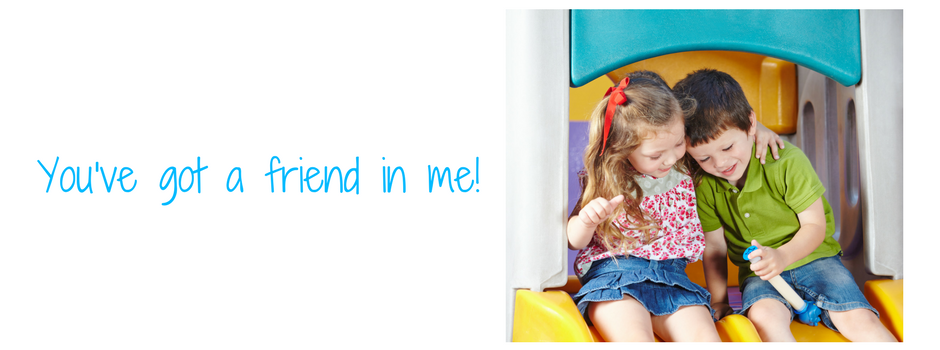
Preschoolers Making Friends
Making friends is a basic social-emotional skill that isn’t as rapidly developed as walking and talking. Communication skills, interpersonal skills and emotional self-control are developed with practice. You can help your preschooler learn to play cooperatively, share and be a good friend.
HOW YOU CAN HELP YOUR CHILD:
- Talking and listening
- Teach how to be a good friend
- Accidents happen
- Facilitate teamwork
- Playing solo

1. Talking and listening
Teach your children to talk about their feelings. It is important that they externalize their “big feelings” with their words. Labeling feelings is the first step in learning to negotiate relationships.
It’s important to teach your child to be an “active listener”. Make eye contact, responding to the feeling and continue trading information.

2. Learning to be a good friend
It’s all about practice. Children learn how to make friends and be a good friend by playing. While playing with your children at home, teach them how to be a good winner or loser. Play dates with adult supervision are great for practicing. You can help children to share by saying “are you all done playing with this toy? Time to share with your friend” or “you can tell a story or build something with everybody’s ideas”

3. Accidents happen
Your child is running around and accidentally bumps one of her friends, who starts crying. Teach your child to say “I am sorry”, to be kind and thoughtful. An example would be saying “you can get your friend a band aid or cold “boo boo pad” and help her”, or suggesting to your child to go to her friend and ask if everything is ok. Assure both that accidents happen, and friends help each other feeling better.

4. Facilitate teamwork
Encourage your children to socialize by saying “if all of you help to clean up, it will be much faster”. “Let’s be a team!”. Teamwork helps children realize that having friends and sharing can be fun.

5. Playing solo
It’s not a bad thing if your child likes to play solo. Toddlers are still in the process of learning how to play together. You can help them by saying “why don’t you call your friend to help you building a tower?”. Some children just tend to be more shy and reserved, so don’t push it too hard.
Being a social coach for you child will facilitate his social-emotional skills development. With your support and guidance, your child will learn how to make friends and have a great social life in the future.
wrote by: Marilee Hartling & Paula Boscardin
Does your child need a boost in his/hers social skills?
We have Social Skills Building groups.
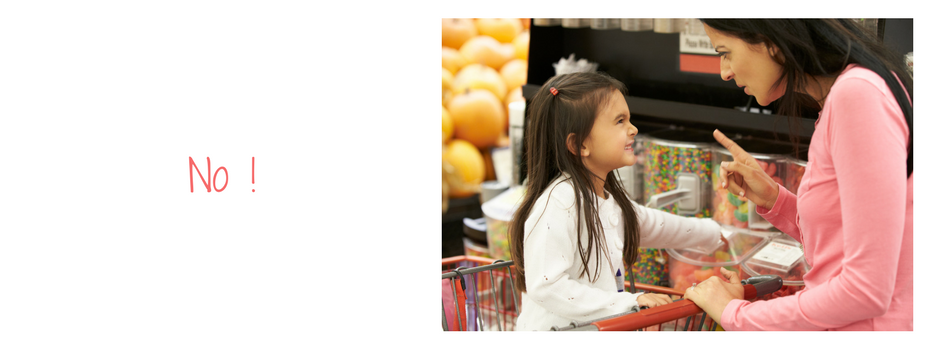
No means NO!
Saying no can be so hard! You want to see them happy and you hurt when they are hurt. But, it’s important for your children to learn about limits.
7 tips: saying no and setting up limits
1. Keep in mind that the big picture is the most important
2. Manipulation is not an option.
3. Change of focus
4. Use your body language and learn to give “the look”
5. Make it fun
6. Work on your tone to of voice
7. Negotiate

1. Keep in mind that the big picture is the most important
Discipline means “to teach”, what do you want to teach your children in this moment? This is a lesson that needs to be learned. Setting limits teaches children that you are in charge and you are not afraid of any of the big feelings that a “no” may elicit. Don’t give a “yes” only because it’s easier.

2. Manipulation is not an option
When you say “no”, be prepared to hear “I hate you!” or “Why are you always so mean?”. Every parent has heard these words. It’s a temporary state.
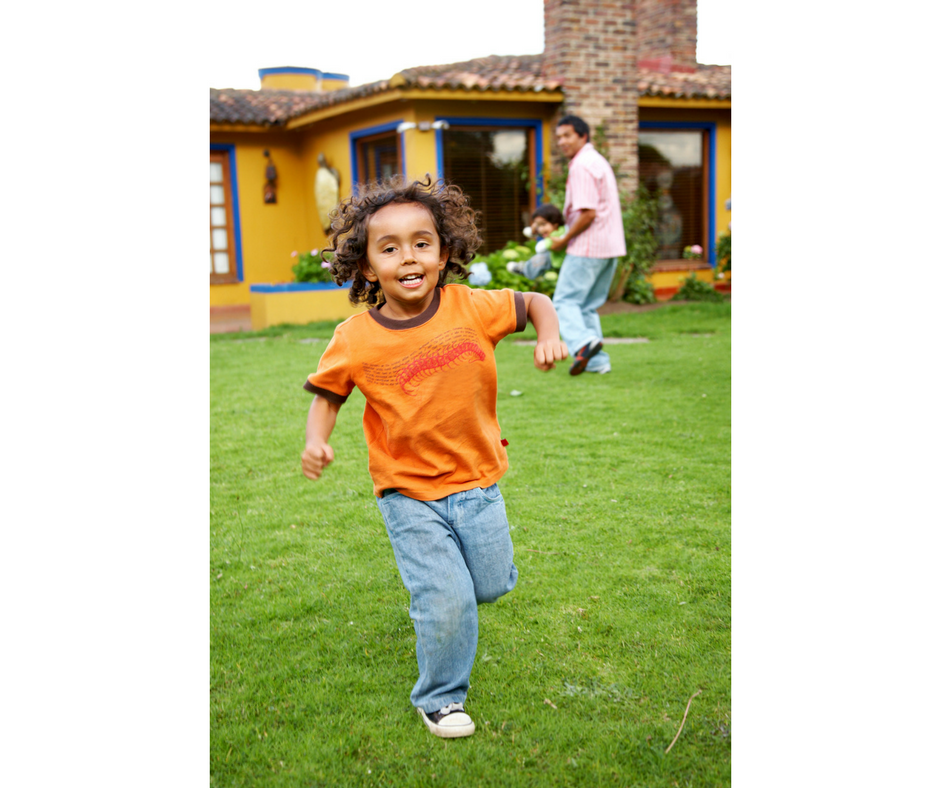
3. Change of focus
If you are running around the house, noticing that your impulsive toddler is driving you insane by jumping from the couch to the bed, from the bed to the floor and all you say is “no” and “stop”; change the environment. Take your child outside, sometimes he – and you – need a change of venue.

4. Use your body language and learn to give “the look”
Set “stop” signs by not saying anything at all. Your face can tell it all when you are getting to your limit. Let your children realize that. Show that your approval looks and gestures (as hugs, kisses and cuddles) are much different than when you are unhappy. Give them “the look”. Communicate through your eyes that you know that they know better. Say no without saying no. Don’t be too harsh. They need to understand that you love them and approve on them, but you are not approving that specific behavior.

5. Make it fun
Create alternatives for your “no”s. Like saying things in a funny voice “you know mommy doesn’t like when you act like a rude dude.”

6. Work on your tone to of voice – so they know you really mean it.
Some parents have a specific phrase or noise that they make which means “you’re near the line, better not cross!”, you can say “uh, uh, uh!” – with an escalation in the volume with each uh!. Save your “no”s and “stops” for most important issues, such as safe issues.

7. Instead of just saying “no”, negotiate
Negotiation is part of life too – and your children need to learn that. Listen to your child’s point of view. Let them know you understand them and encourage them to talk. This can lead to a discussion about the subject. “You can’t have a dog today. But, when you grow up a little, we can discuss this again”. Or “ we can’t get these toys today, but we can add them to your birthday list”. This teaches children to wait and delay gratification, an important developmental task.
Set the limits and stick to them, be consistent and respectful. Keep in mind that your little one is learning about making his own choices and you are there to guide him.
wrote by: Marilee Hartling & Paula Boscardin
Schedule a consultation
Marilee’s passion is in helping new parents to adjust to the joys and challenges of parenting their infants and toddlers.

Celebrating our February Preschool Prep Curriculum!
We have finished our February curriculum and we had so much fun! Our theme for February was: caring and sharing.
We talked about our families and friends and worked on sharing and problem-solving skills. We also learned about weather: rainy, sunny and windy.
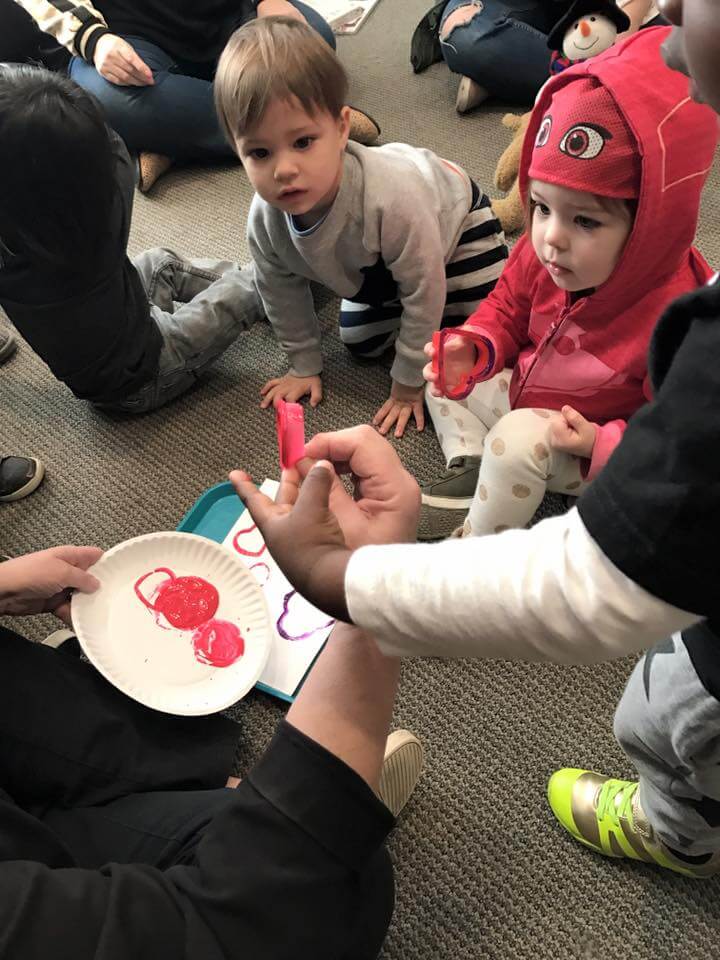
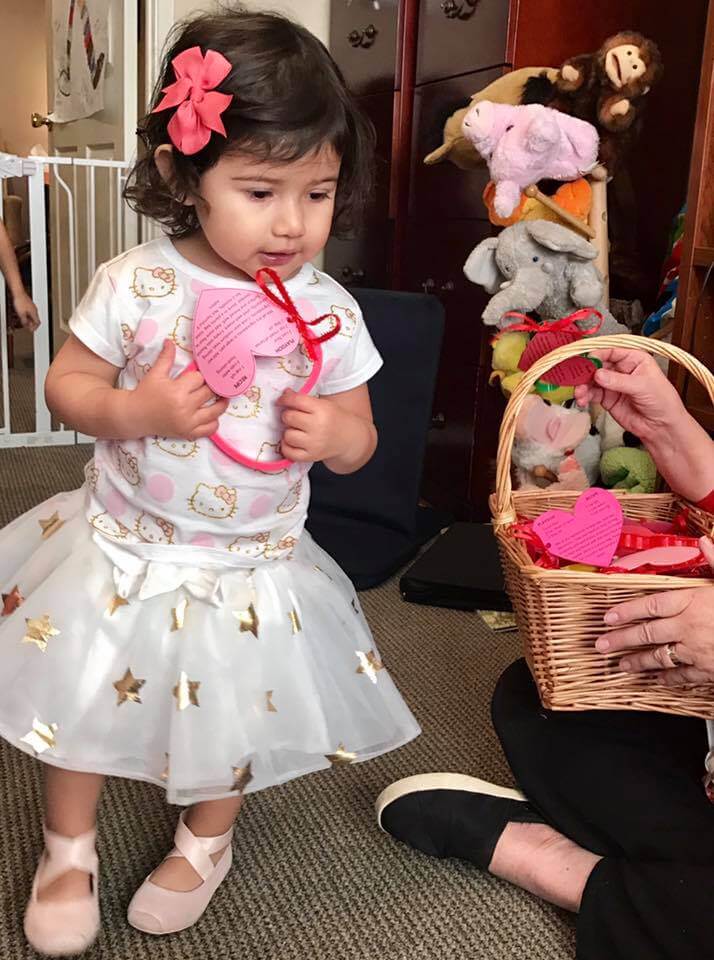
With the celebration of Valentine’s Day, we were able to share the valentines we made and learn to understand and identify feelings.
Language used for problem solving included: “Turn, please”, “No, thank you”, “Yes, please”, “I’m not finished”, “Help, please” and “Let’s work together”.
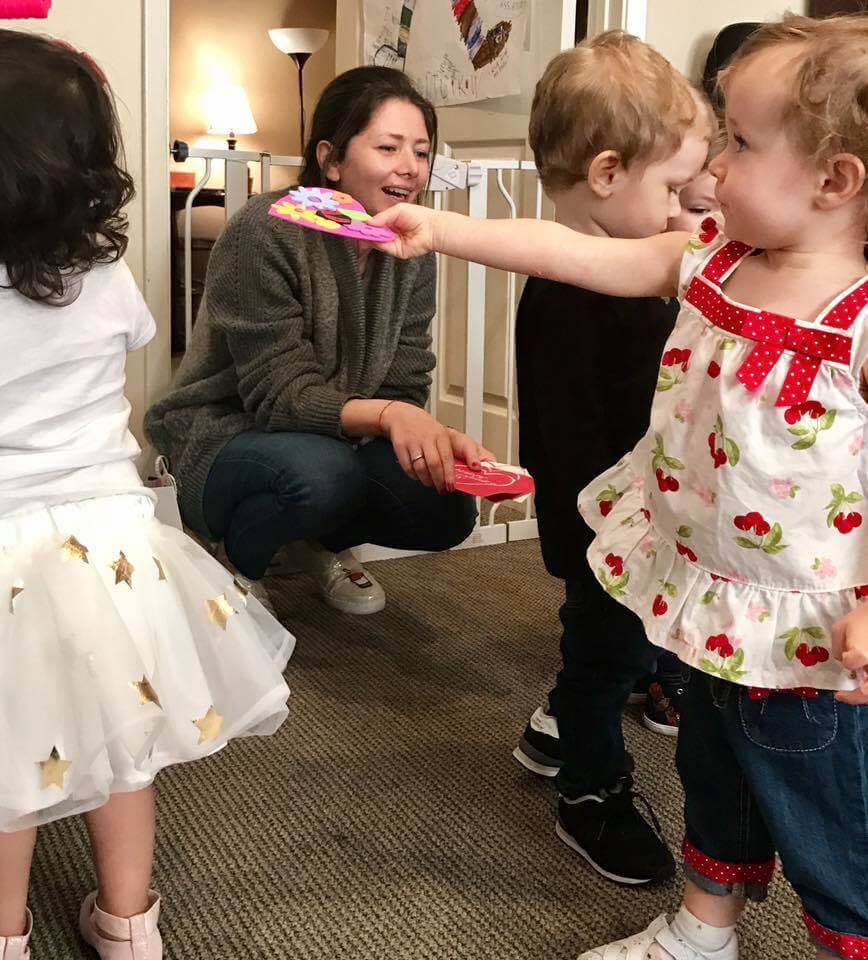
We played with homemade playdoh, shared a special Valentine’s snack…
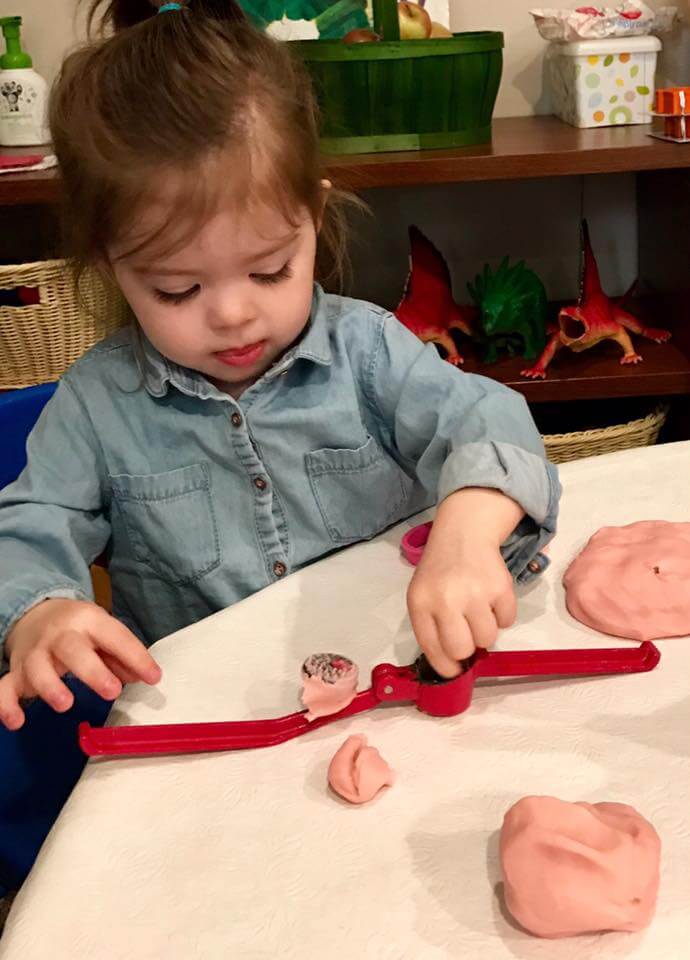
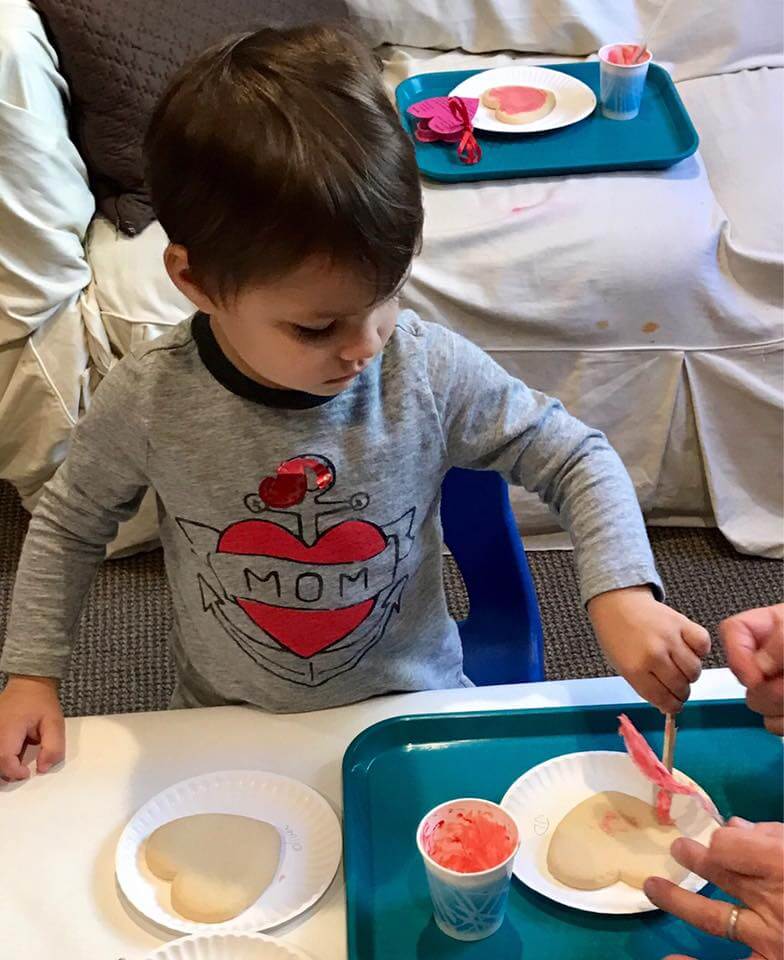
Celebrated Chinese New Year, ate rice with chopsticks, and shared fortune cookies.
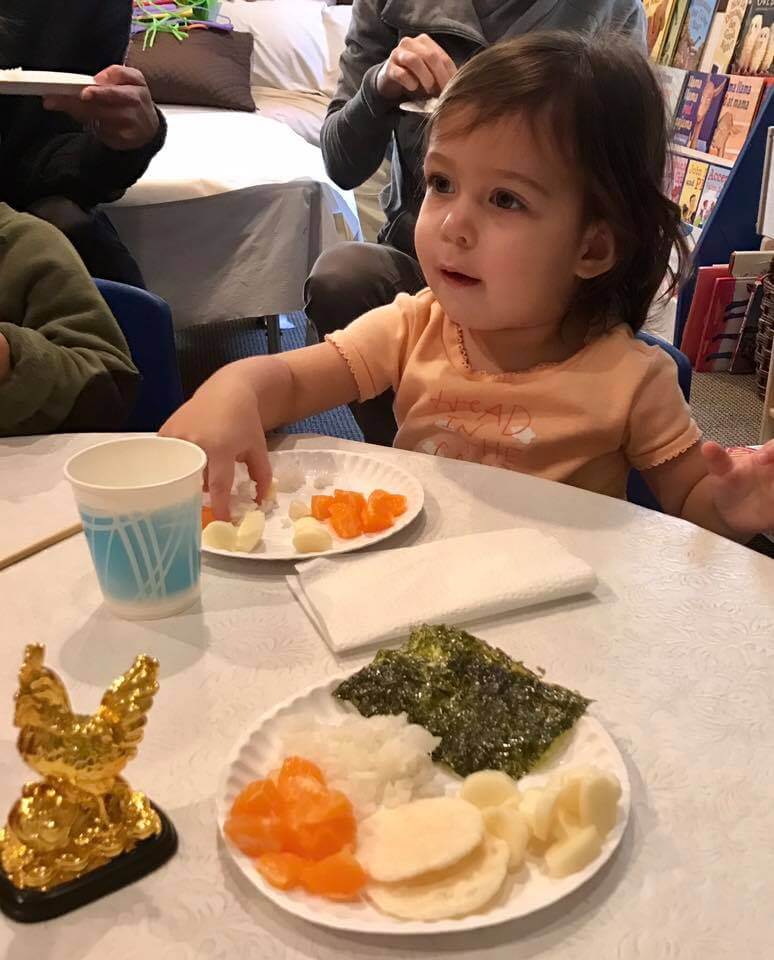
Contact us to join our groups!
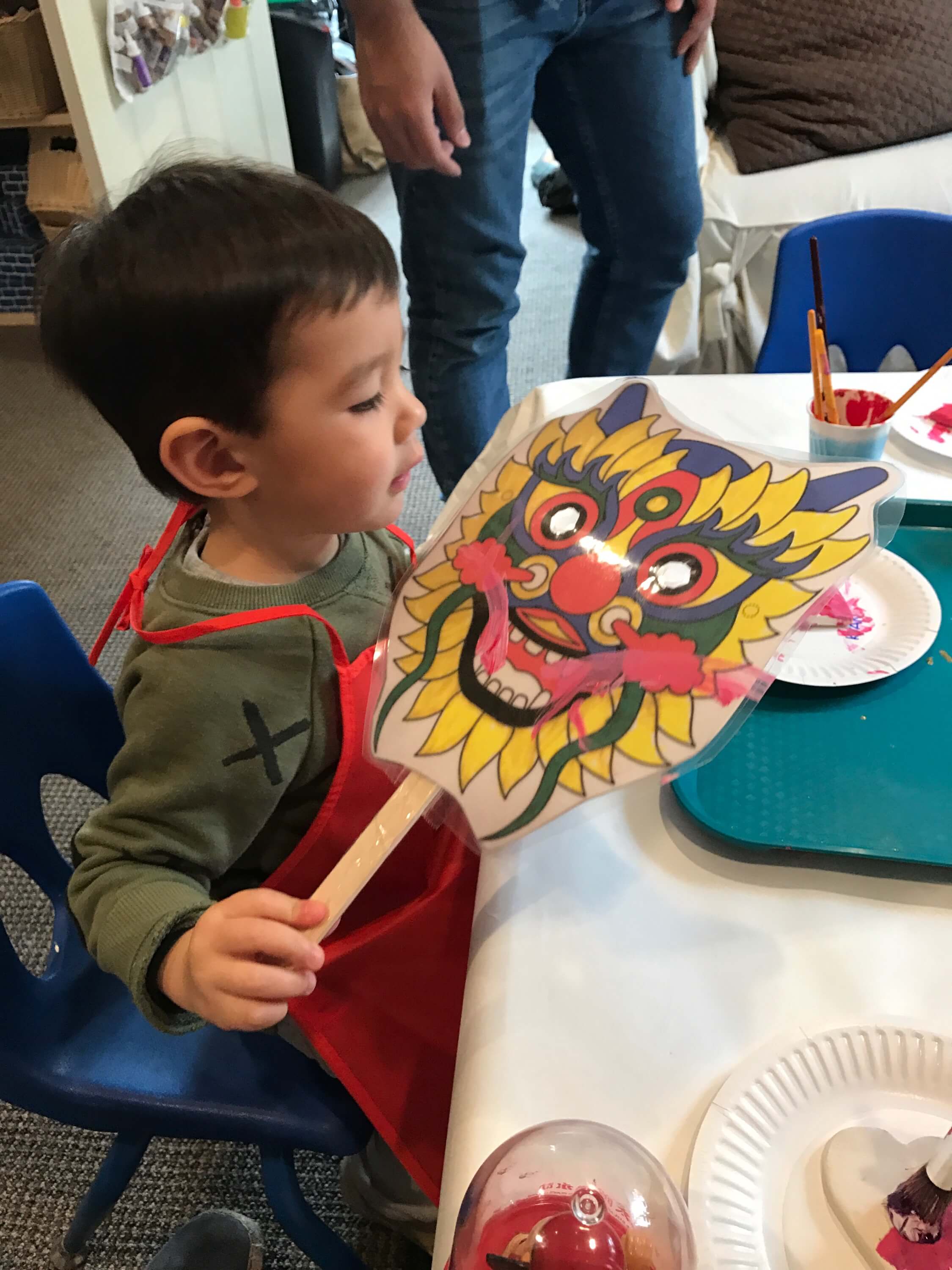
It was a great month! Looking forward to learning and having more fun in March!
wrote by: Marilee Hartling & Paula Boscardin
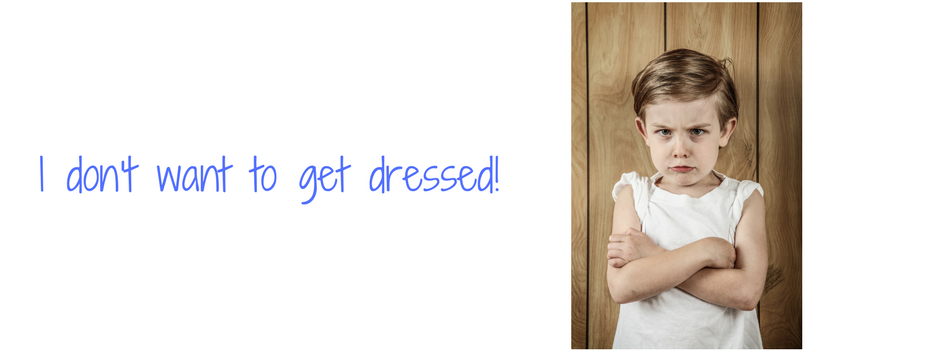
My children won’t listen to me!
Children start to develop a separate “sense of self” around age two, and their non-compliance only means that they are trying to be a person separate from you. At that stage, it’s common to hear lots of “I don’t want to get dressed!” “I don’t want to go to bed!” “This is MINE!”.
Some suggestions for increasing your child’s listening:
- It’s normal for children to want some control, so get into the habit of giving your children choices, on your terms. Instead of saying “Get dressed now!” you can say “Skirt or dress?”; instead of saying “Take your plate to the sink” say “Do you want to take the plates to the sink or help to load the dishwasher?”. Always talk to your children at eye-level to make sure they are listening and paying attention to what you are saying.
- Be brief and simple. It’s important to keep your language appropriate and talk in small, short sentences so you are sure your message is clear.
- Save your “no”s and “stop”s for the most important issues such as safe issues, so the words don’t lose their power. You can say “inside we walk, outside we run” “I see that you really like to paint, but the walls are not the right place for it, paint on the paper and we can hang it later!” No’s and Stop’s are attention words and must be used only when you really have to.
- Keep a positive tone, be sincere, don’t yell. If you do yell, children will respond out of fear, which doesn’t help children to manage their own emotions. It is ok to raise the volume a little when you really need to be heard but try not to yell.
- Use the word “I” instead of “You”. “I” messages are much less condemnatory. Ex: “I need your help” or “I would like…” instead of “You must do this” or “you need to do this”. In that way, you can avoid children saying “NO, I don’t!”.
- Let your children know why they need to do what you are saying. Offer them a reason for your request. “Put on your pajamas so we can read a story together” “Let’s get dressed so you can play outside”
- Make sure they understand what you said, by asking them to repeat the request back.
- Set the end or closure when needed saying “I am not changing my mind about this.” “Skirt or pants, it is time to leave.”
Parents need to set a good example, if your children see that you are a good listener, they will be too. Put down your cellphone, face your child, talk and listen. Listening is a developmental process. Stay calm and make it fun. The good times will help you through the stubborn times.
wrote by: Marilee Hartling & Paula Boscardin
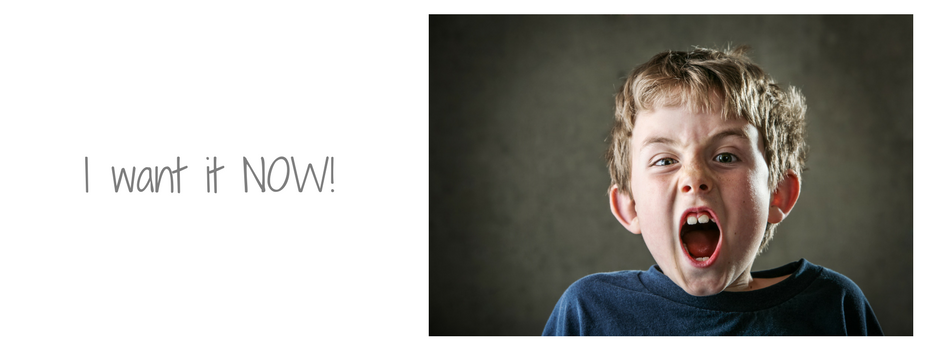
Your toddler’s tantrums
Tantrums during the toddler years are NOT a result of your parenting. You didn’t do anything wrong. Temper tantrums during the toddler years are a normal, inevitable, even necessary part of growing up. When your toddler tantrums, don’t take it personally, it happens because of your toddler’s stage of development combined with his temperament. In striving to become more independent and to develop his autonomy, your toddler will inevitably tantrum.
Toddlers have an intense desire to do things by themselves. You may hear lots of “I do it!” during this stage. Because many toddlers do not yet have the verbal skills to express frustration nor an emotional vocabulary to draw from, they may express frustration and anger using their entire bodies as well as their loud screaming voices. When they do this in public, parents can feel embarrassed.
There are two types of toddler tantrums: frustration tantrums and the “I want to be the boss” tantrums. Parents may need to respond to these two types of tantrums with different words, but the approach should be the same.
Frustration tantrums require special empathy. Many times he may not even understand why he feels the way he feels. He just knows he is overwhelmed and out of control. He needs help from the grown-ups to be pulled back together again. Offer him a helping hand and a comforting “it’s OK”. Help him to build an emotional vocabulary while providing empathy by saying something like “You are showing me you are really mad and frustrated! I really get it!! And I will stay here with you until you calm down and feel better.” When your toddler’s rage lessens you can pick him up, place him in your lap, and help him to recover. When he recovers you can say caringly, “Tell Mommy what you want”. This encourages him to use words or body language to communicate his feelings and needs so that eventually he doesn’t have to act them out. If he is not able to tell you what he wants, you can give him the words. Before long he will be able to tell you himself.
The “I want to be the boss” tantrums also require empathy. However, these are the tantrums that frequently push our buttons and therefore are harder to manage. If you are a volatile person with a short fuse, it may be easy for your child to trigger an explosion from you which ends in a screaming match with no winners. Stay calm. Don’t take it personally. Say something like, “You are showing me how much you want to be the boss of bedtime. And you are really mad that Mommy said you have to get into bed now. Bedtime is a ‘Mommy decision.’ What you wear to toddler group in the morning is a ‘Max decision.’ So now it’s time to get into bed.” You then pick Max up and put him into his bed. If he is physically out of control you may need to use the “safe hold”. This will keep him from hurting himself or hurting others until he calms down. Say “I’m going to hold you until you have calmed down”. This can take anywhere from 5 to 25 minutes.
When toddlers are having tantrums, they are usually overwhelmed. The recommended response is to acknowledge your toddler’s anger, frustration, or with to be the boss. Don’t talk too much, but do use “feeling words” and help your toddler to develop a “feeling vocabulary.” Follow through by holding and remaining close. If at home, provide your toddler with support in his “calm down spot”. When the tantrum is over, move on with your day.
Some parents prefer to walk away from their tantruming toddlers and leave them alone rather than staying close and providing support. Toddlers are not yet able to handle their strong, out-of-control feelings all alone. When a parent walks away from his tantruming toddler or puts him in a room by himself, the toddler learns that his big feelings, his anger and his frustration may drive away the most important people in his life. He may come to believe that mommy and daddy can’t tolerate his big feelings and so he needs to stuff them away deep inside. This doesn’t help him to learn to deal with his big feelings. It does teach him that his strong feelings are bad. As adults we know how important it is to have control over our emotions and to know when to express our feelings and when to not express them. Unfortunately, when young children get the idea that strong feelings are bad, they may learn to over-control their feelings. The result may be a child who grows to be an adult who is not able to express feelings even when he wants to express them. He may lose his ability to be open and spontaneous.
Some parents prefer to use a “time out” when their toddler tantrums. Again, this only serves to teach the toddler that his strong feelings are bad. Instead of a “time out”, we recommend that parents set up a “calm down spot” somewhere in the house. Your toddler can help you set it up. Find some soft pillows, a soft blanket, some special books and a stuffed animal and place them in a corner somewhere. This becomes the place to where your toddler can retreat to recover from his upset. You go with your toddler and sit with him there. This is not a punishment and should never be called “time out” or “naughty chair”. It is a place that your child will begin to associate with calming down and regulating when he feels he is headed towards “out of control”.
With practice and support from their parents, children eventually learn to anticipate when they are headed towards “out of control”, and they will head to their calm down spot by themselves. They learn what they need to do to become regulated and back in control.
1. Identify the trigger.
2. Don’t take it personally.
3. In a public place, stay calm and take your toddler to a private place.
4. Plan ahead.
5. Utilize the “safe hold” if your toddler is out of control.
6. Pick your battles.
7. Remember that once your toddler develops language skills to express her needs in words, the tantrums stage will end.
1. Sensitively respond to infant and toddler cues.
2. Minimize triggers.
3. Know your own anger buttons.
wrote by: Marilee Hartling & Paula Boscardin
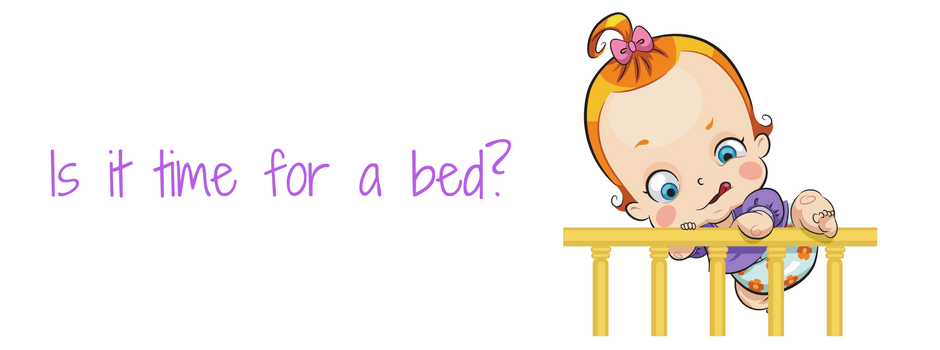
From a Crib to a Bed
Is my toddler ready? As many topics about early childhood, the central concerns about changing from a crib to a bed are about safety. Is your child trying to climb out of the crib? Then, it’s time. Typically, this will happen around 1 ½ to 3 ½ years old. There is no point in rushing it. The longer you can keep a toddler in his crib, the better.
Once you decide that it’s the right time to make the transition, you can make it happen smoothly by taking your child with you to pick out the new bed, pillows and sheets. Once you have the bed, get rid of the crib, having both in the bedroom may confuse your child. Toddlers are often not sure about giving up babyhood and moving on to becoming a “big kid”, so, they will need some time to acknowledge that this is a big and important step toward his/her development and growing up.
Make sure you are prepared for the falls, either placing pillows on the floor or having bed rails. Toddlers are not used to the freedom in their bedrooms, so they might test it by wanting to walk around. You can try a little gate in the door or placing a door knob protector that won’t let your kid leave the room. Plan extra activities for the first days of the new bed. When children are tired from day’s activities, they will go to sleep easier at night. The key here is to be consistent. If your child leaves the bed, put him/her back in. Having a consistent bed time routine helps too. Talk about “how cool it is to have a big-kid-bed” and “how grown up you are now”. But sometimes “big kids” want to go back to being babies. That’s ok, you can always say “come here and sit in my lap or ask for a snuggle any time!”.
Once they are used to their new bed they will be proud of themselves, and so will you!
wrote by: Marilee Hartling & Paula Boscardin
While mommies were in the group room discussing about their children’s crib adventures; toddlers had a lot of fun playing (and learning) with their friends in the play room.

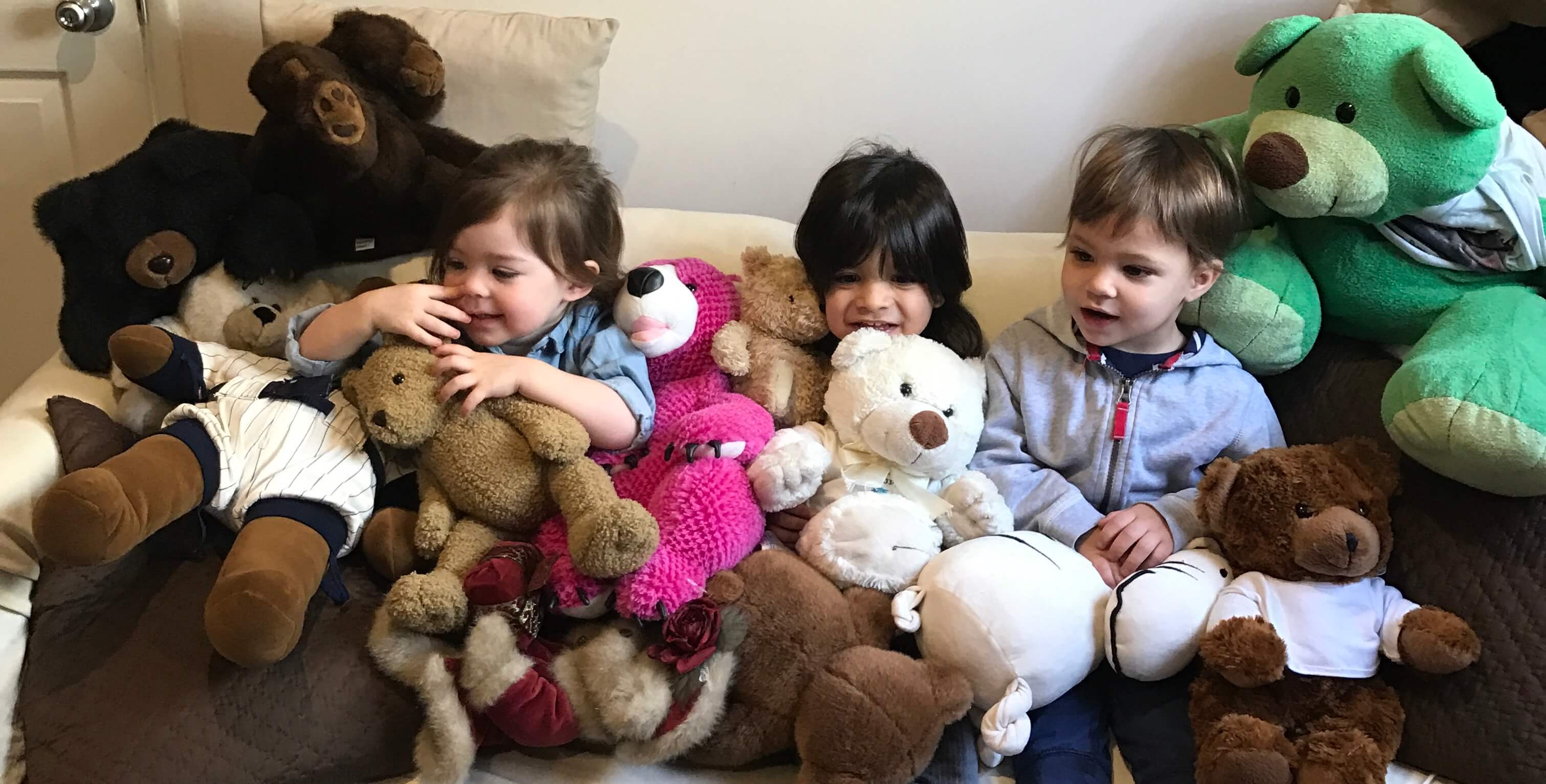
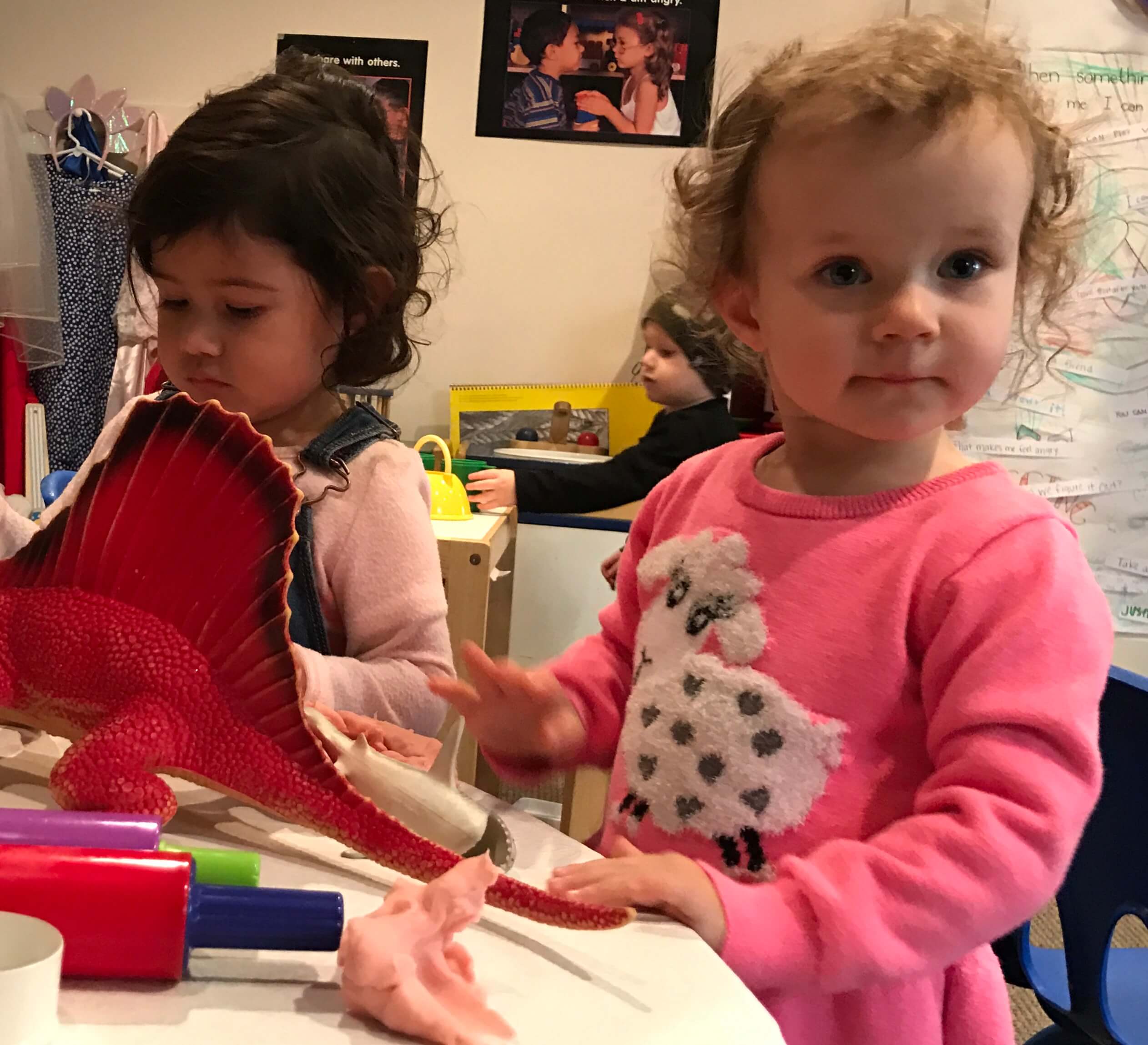

Coffee
We put together this list of our 4 favorites coffee places within walking distance from ecda’s office. We really like their coffee, snacks, deserts and tea!
You can go with friends after one of our classes; with your little one in a stroller after a walk; or if you just need a great cup of coffee and some quality “me time”.
ALFRED COFFEE (in the alley)
8509 Melrose Ave, West Hollywood, CA 90069
(424) 288-4126
URTH CAFFE
8565 Melrose Ave, West Hollywood, CA 90069
(310) 659-0628
SWEET LADY JANE
8360 Melrose Ave, Los Angeles, CA 90069
(323) 653-7145
MEL AND ROSE
8344 Melrose Ave, Los Angeles, CA 90069
(323) 655-5557
Enjoy!

Let’s share!
As grownups we know not to grab something from someone else’s hands or hit someone in the face if we don’t like what they say. Sharing and taking turns are important skills for young children, essential for making friends and playing cooperatively. Toddlers must develop these skills to become effective communicators and to be successful in school and later on in the work place. Learning to control impulse, waiting – and not grabbing – is a slow and gradual process that is tied to emotional development.
Toddlers and young children tend to be egocentric, this is normal. They need help to learn that everything is not “mine”. They may not initially know that when you take something away from them, they can have it back; they think it will be gone forever. So, it’s part of the parenting job to teach how to use their words and express themselves, so they can share and learn to be generous and kind.
Developing true friendships happens as children learn social skills, sympathy, empathy and altruism. Toddlers will learn when you: pattern appropriate behaviors (like showing how to touch gently) and model (demonstrating what you want your child to do by doing it yourself). For social problem-solving skill development parents can teach children how to: call for help, trade, take turns and “use your words”.
A great way to do that is having a group play date in which children can interact with one another and with the parents, providing an environment of sharing and taking turns. Parents can do the following:

· Use a timer – use a sand timer or clock for each turn;
· Teach the children to say “I’m all done” when they are finished with the toy and ready to share and “Are you done?” when they want to play with somebody else’s toy
· Don’t put out too many toys – it’s easy to practice sharing when there are many things to play with
· Share a snack – telling children that “we’re sharing”
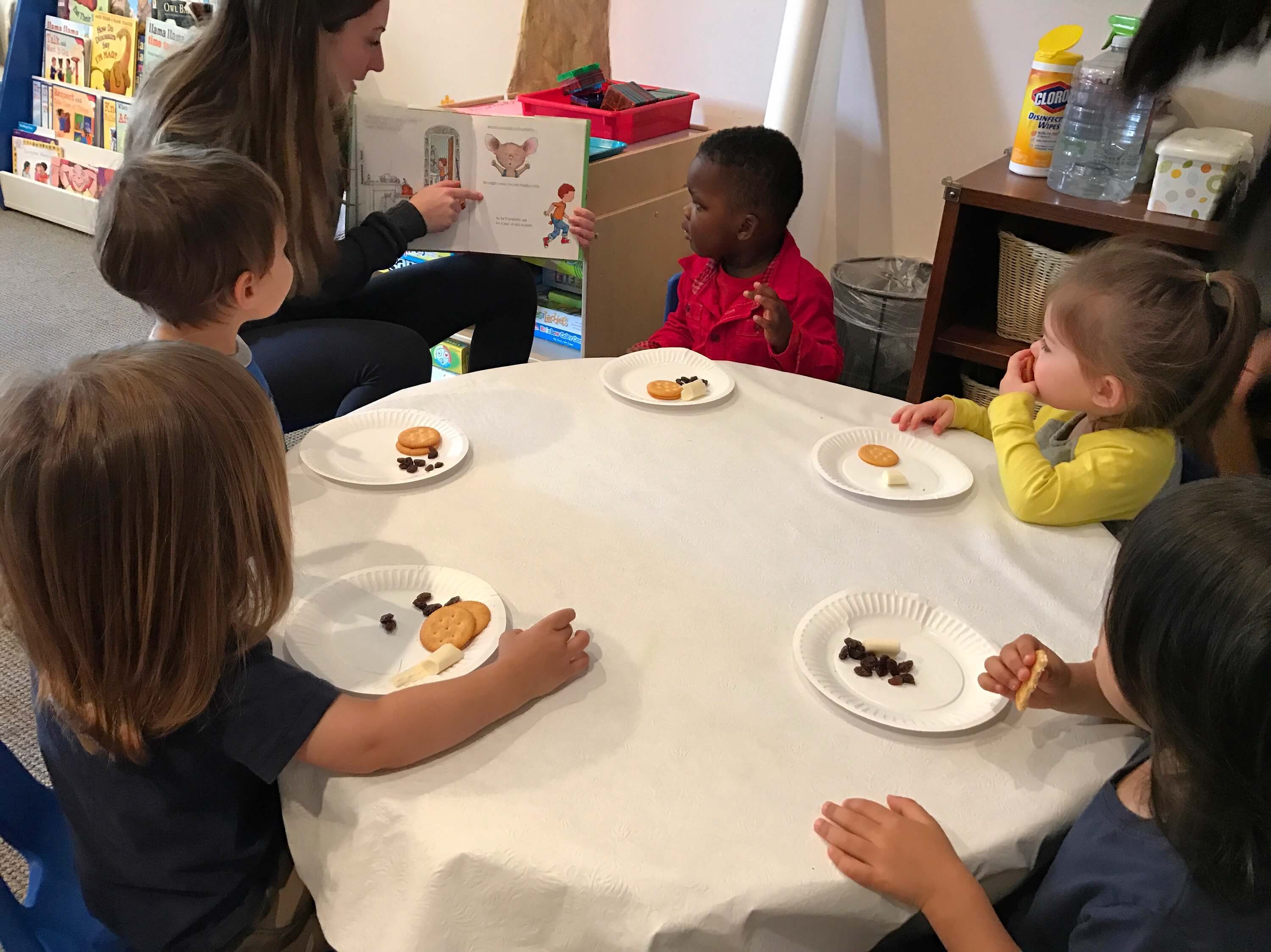
This week, we had great time with our Preschool Prep group learning to share our toys, playing cooperatively and sharing a great snack!
wrote by: Marilee Hartling & Paula Boscardin

January Fun!
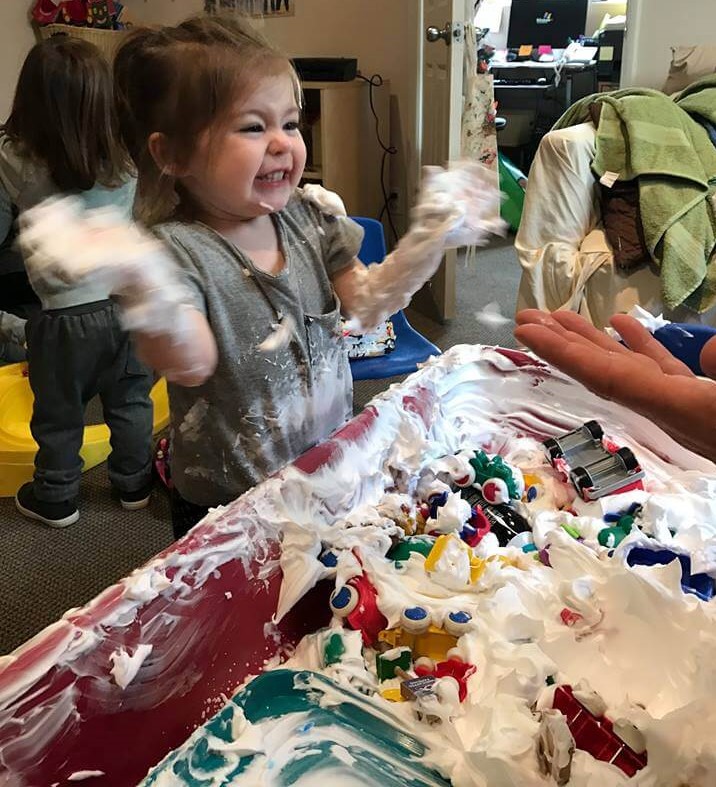
We finished our January Curriculum for toddlers and Preschool Prep. What FUN!!
The concepts we introduced were “opposites” (Day … Night; Hot … Cold; Front … Back; Hard … Soft; Inside … Outside; Over … Under), hibernation, animals and people in winter, snow and bears.
Skills we worked on included: following directions, matching, sorting, fine motor skills, and language.
Resources and materials included: shaving cream, white playdoh with glitter, handmade snow, cotton balls in our sensory table, paint and paper plate snow men.
Can’t wait for February!
wrote by: Marilee Hartling & Paula Boscardin
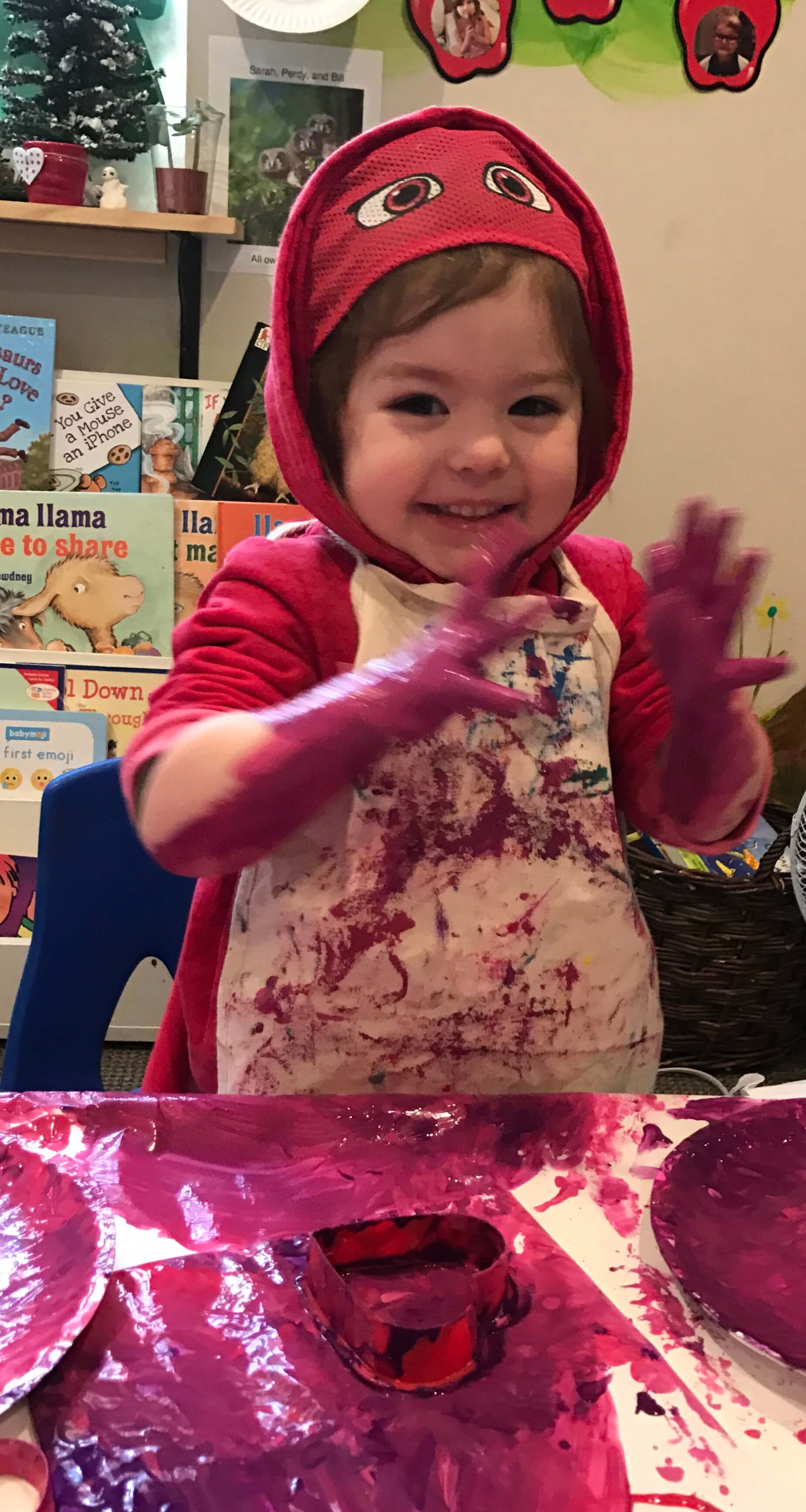
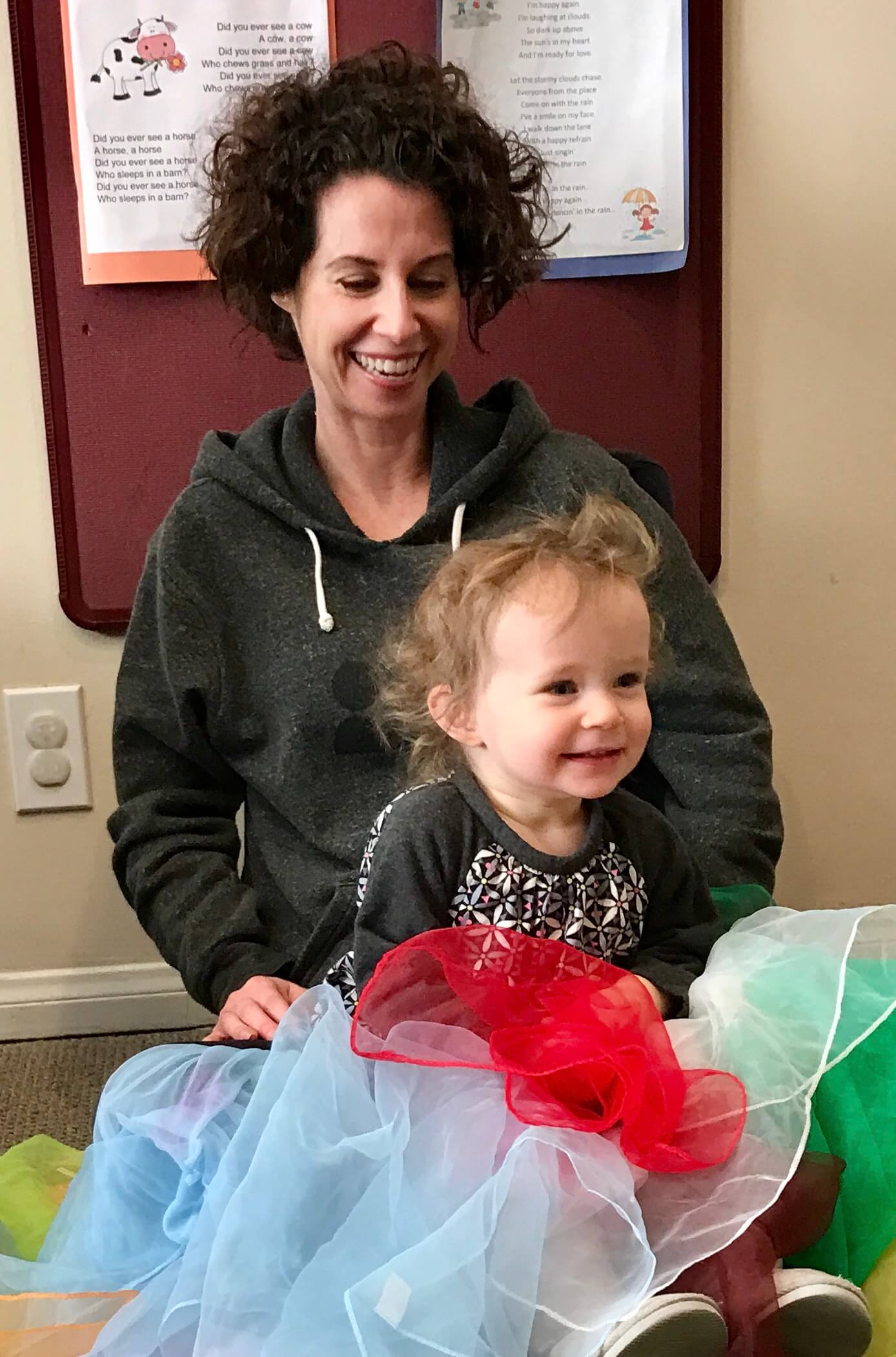
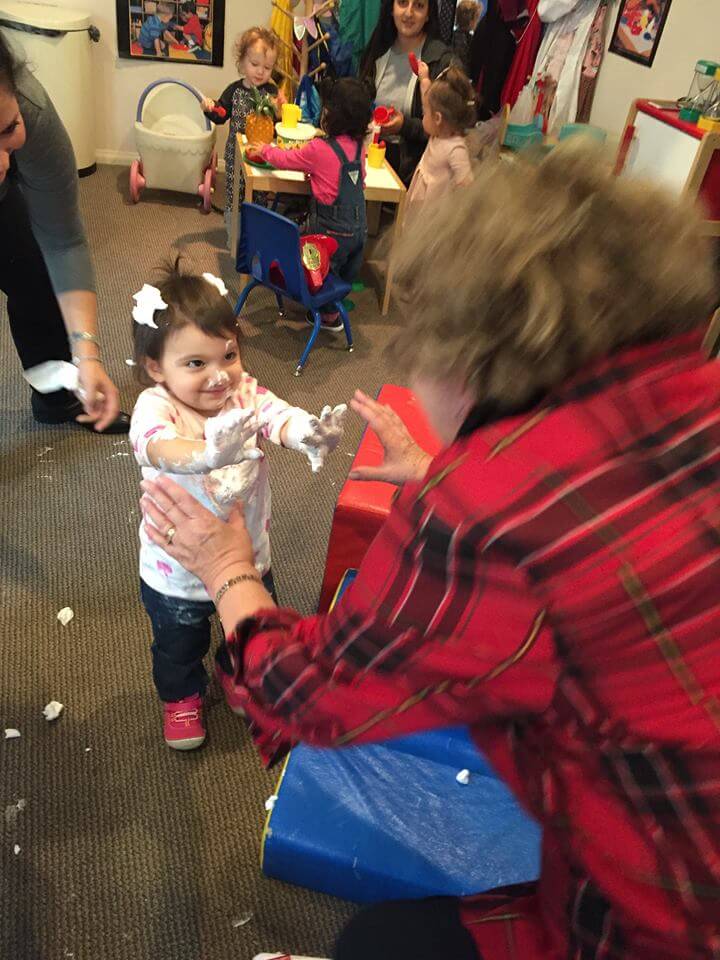
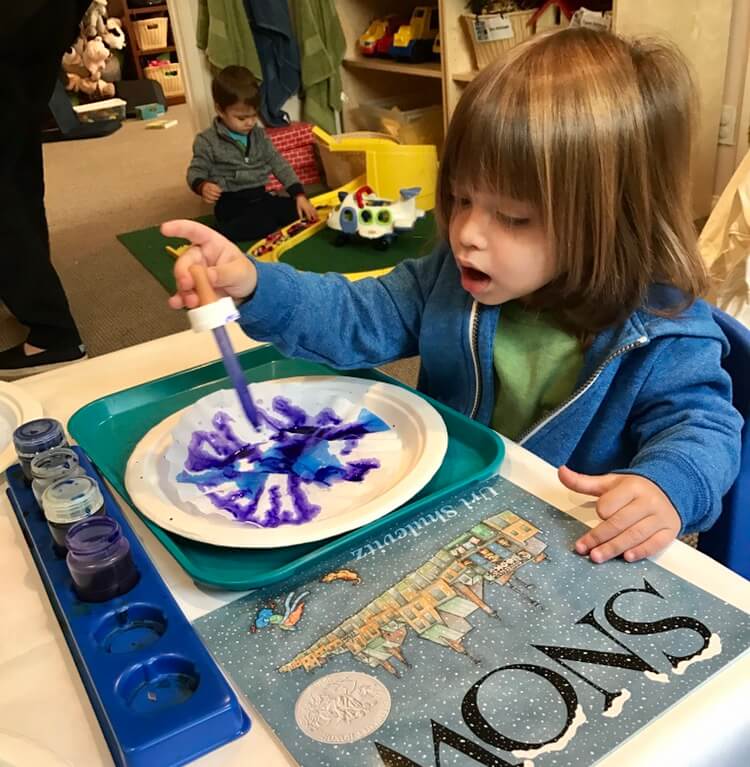
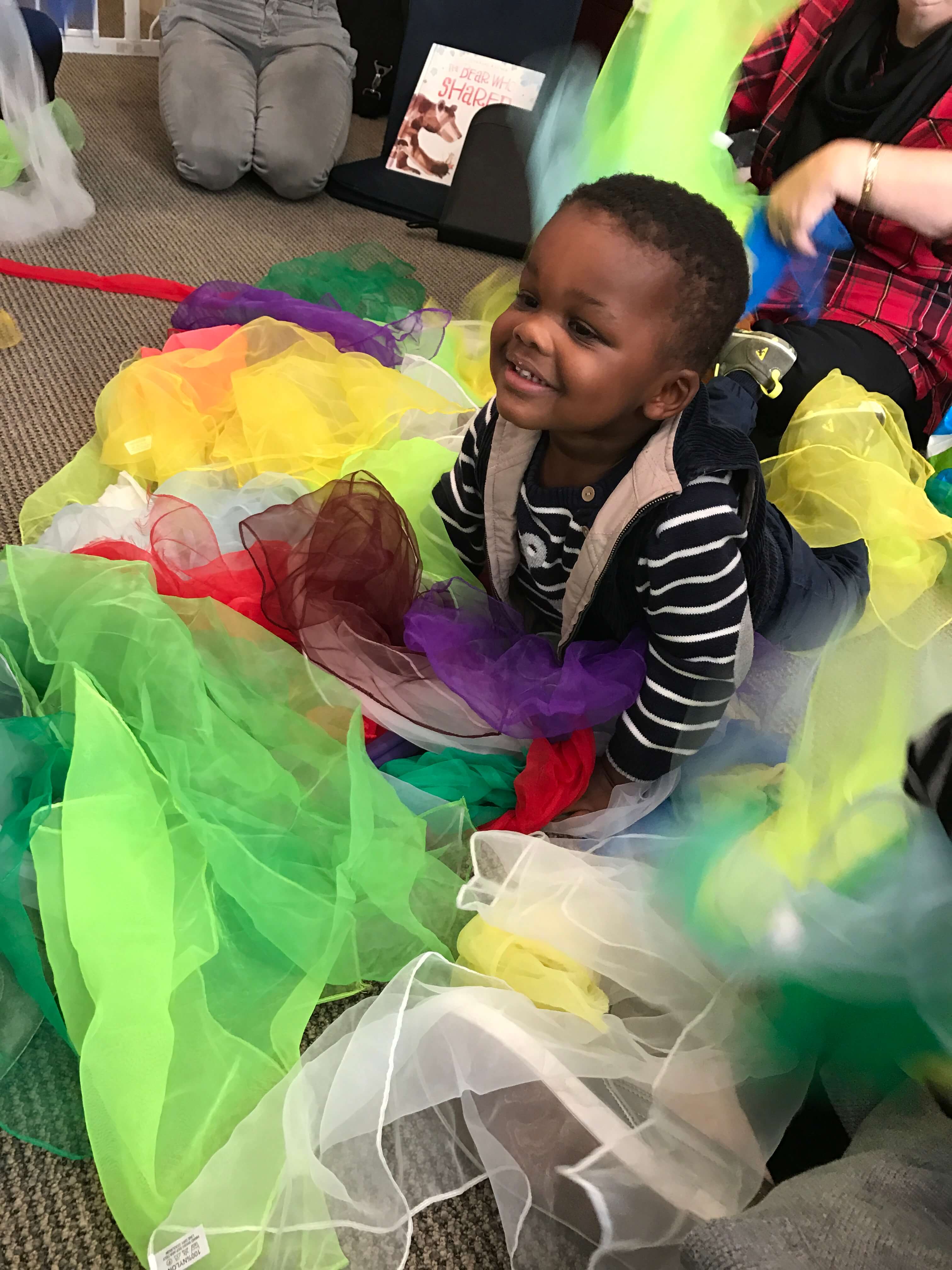
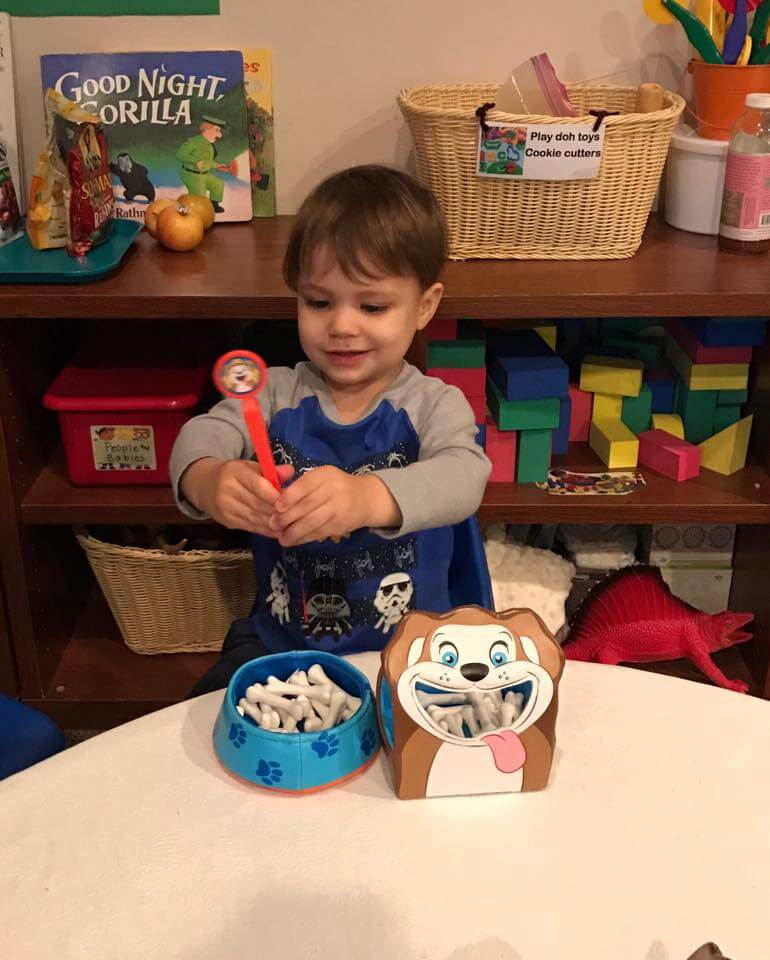

Our New Home
We are so very happy to announce the launch of our brand new website – www.ecdevelopment.co !!! We have a new website address and a new logo but the same commitment to Early Childhood Education that you’ve known and trusted all these years! The only thing that we’ve changed is our look. Have no doubt, we are still continuing to provide the highest quality in support to new parents in our group programs. We still provide developmental and behavioral assessments and treatments in our clinical programs and as always we still provide community outreach in our training and educational programs.
We’d like to thank the Smack Smog team for helping us to create our new logo and our new website. Smack Smog is a online marketing company that develops branding and online strategies for real businesses in the real world. Steve O’Bryan and Patti Ring, along with their Smack Smog team have been great in revamping our branding and helping us with this new launch.
Our office stays the same, our phone number stays the same and while we will no longer be posting on the old web site we’ll be exclusively using this new web site www.ecdevelopment.co We hope that you like our new logo and website, we sure do!


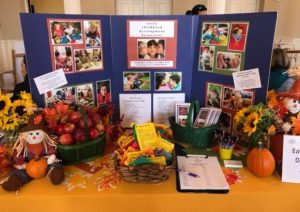
Recent Comments